2023 BMW iX1 First Drive Review : Double Down
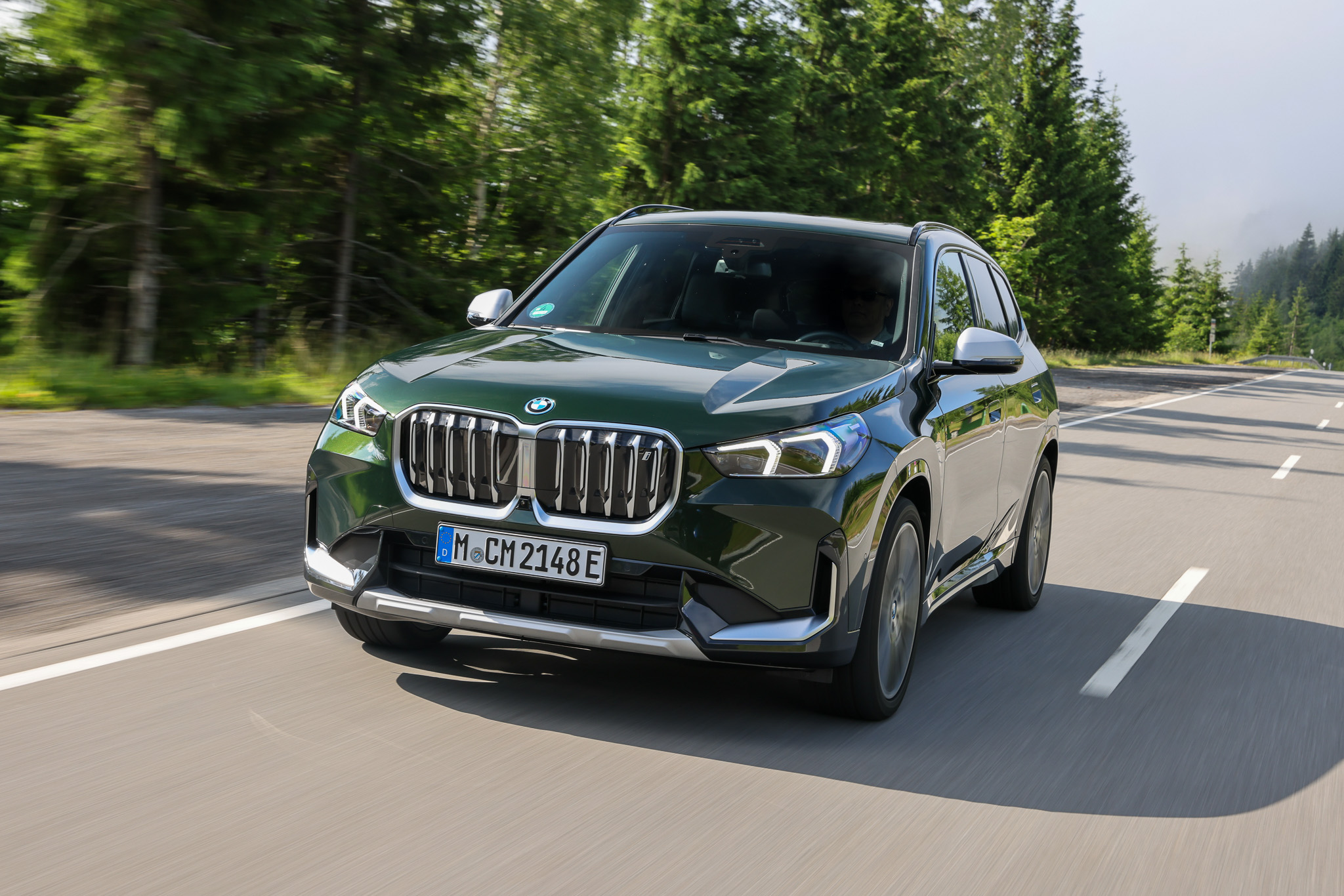
2023 BMW iX1 First Drive Review : Double Down
Munich, Germany - Believe it or not, the BMW i3 is a decade old now. It was BMW’s first purpose-built all-electric offering and marked the beginning of the BMW i sub-brand.
BMW is obviously no stranger to electrification tech, as evidenced by their current range of all-electric vehicles including the iX SUV, the i4 Gran Coupe, the iX3 SUV and the i7 luxury saloon (not forgetting the soon-to-be-launched i5 saloon).
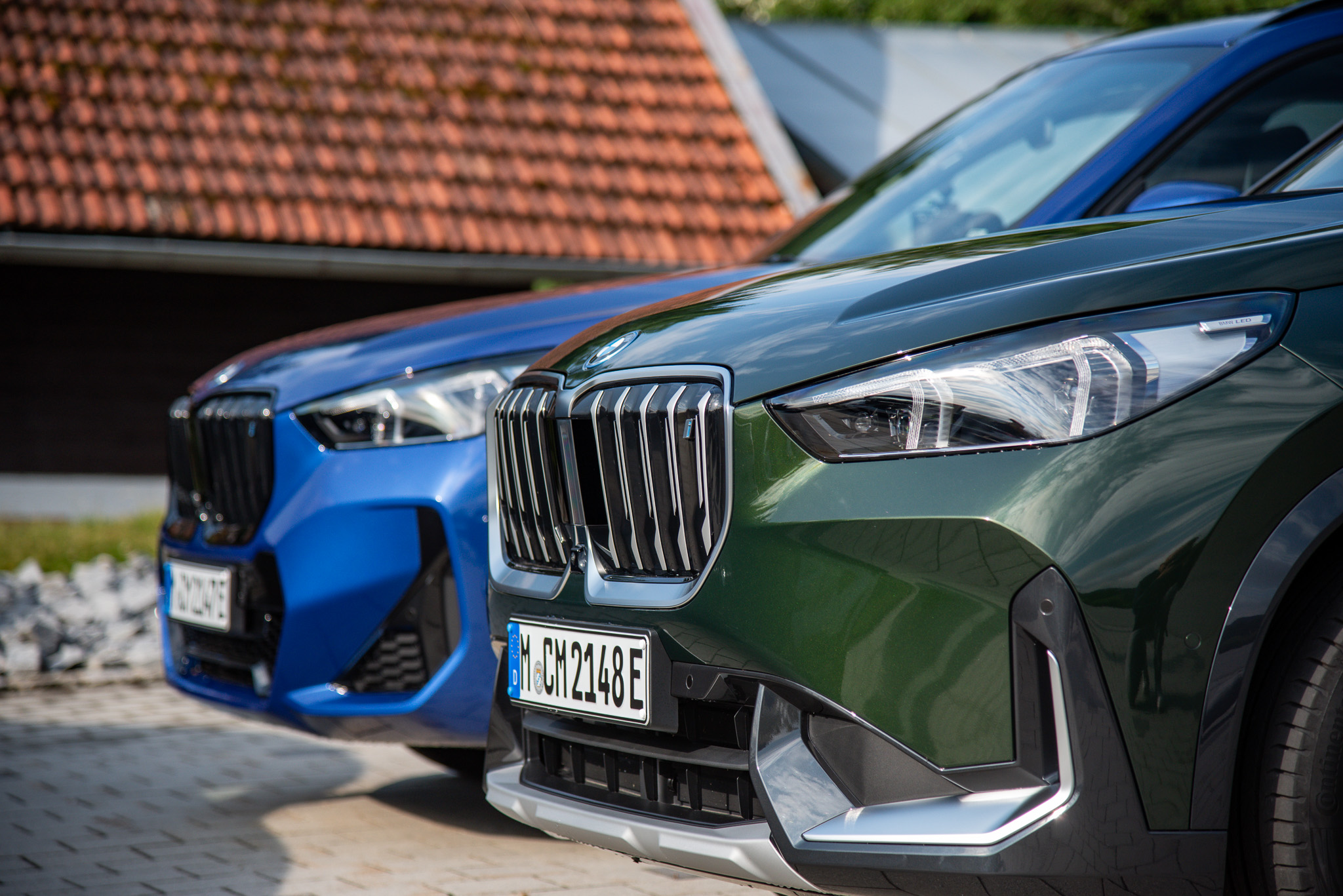
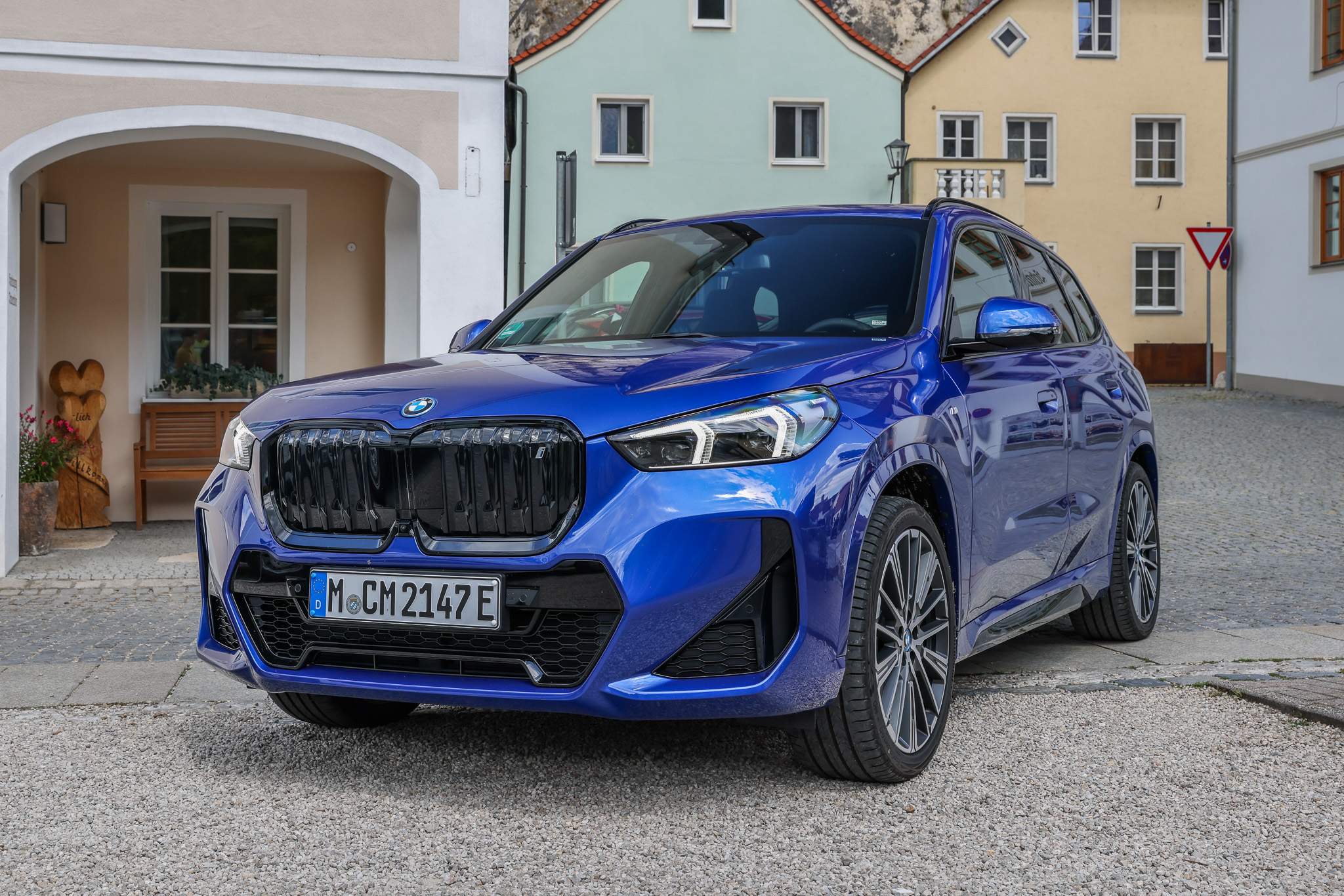
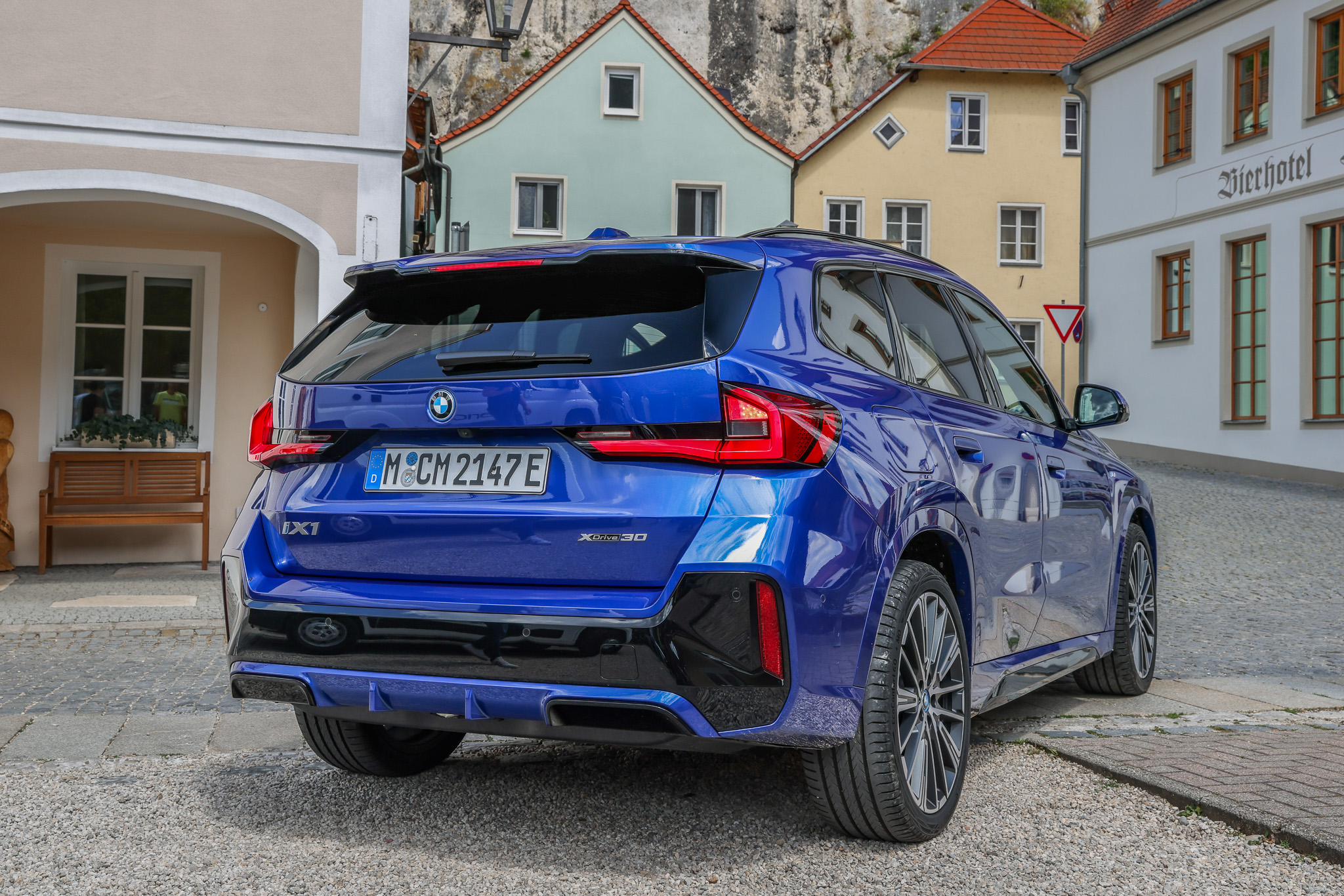
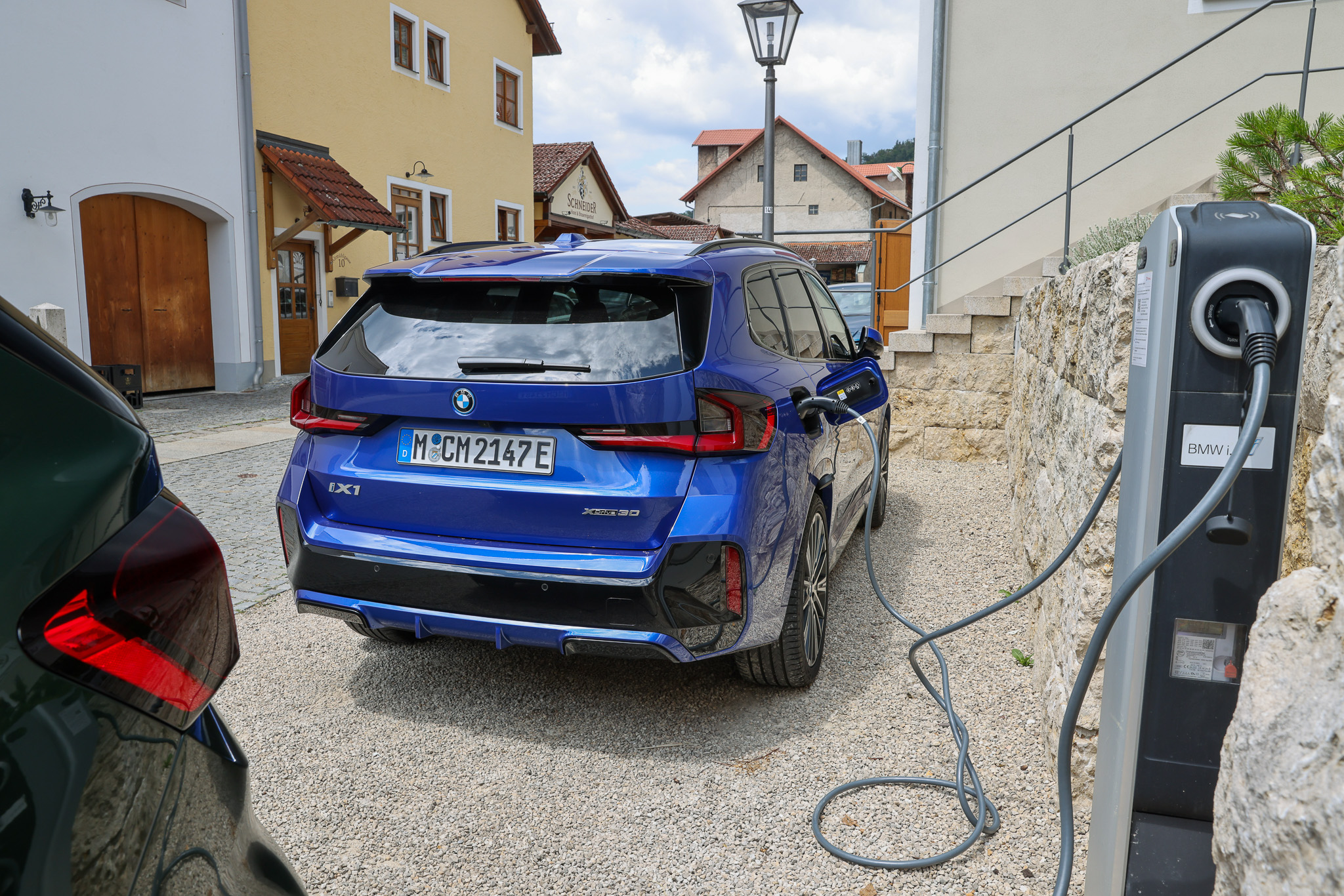
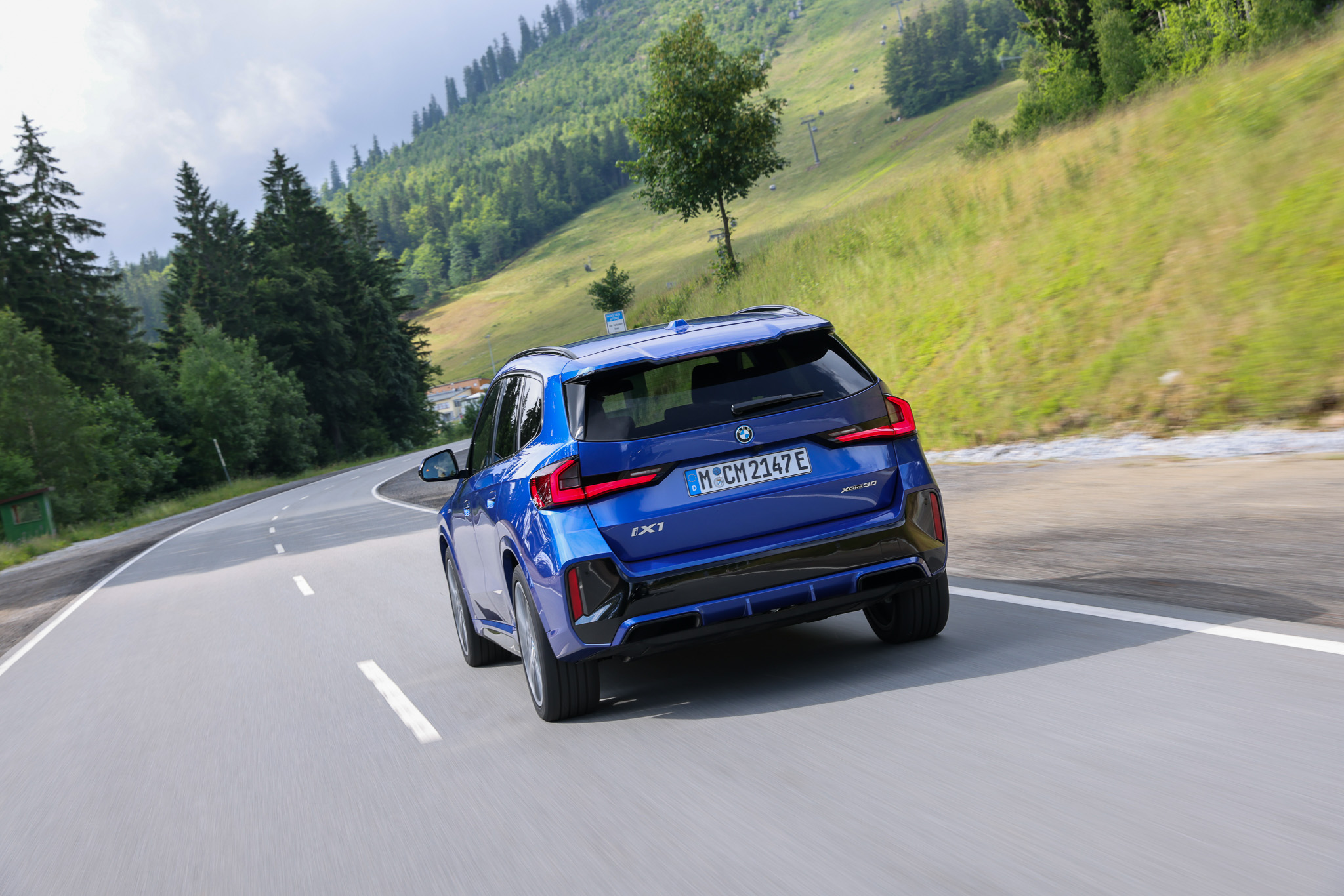
And ten years on, BMW is doubling down on their EV offensive with the new BMW iX1, which presents itself as the brand’s most compact all-electric offering since the BMW i3.
Things have changed considerably in the decade-long gap between the i3 and iX1. EVs have now soared in popularity and are rapidly approaching mass adoption. Which brings us back to the car at hand. The i3 is now ageing, superseded by constantly improving batteries and more efficient electric motors - elements which are clear and present in the iX1.
So putting BMW’s own 5th generation eDrive tech into an X1 SUV only serves to cement the importance of the iX1 in today’s crossover-saturated market.
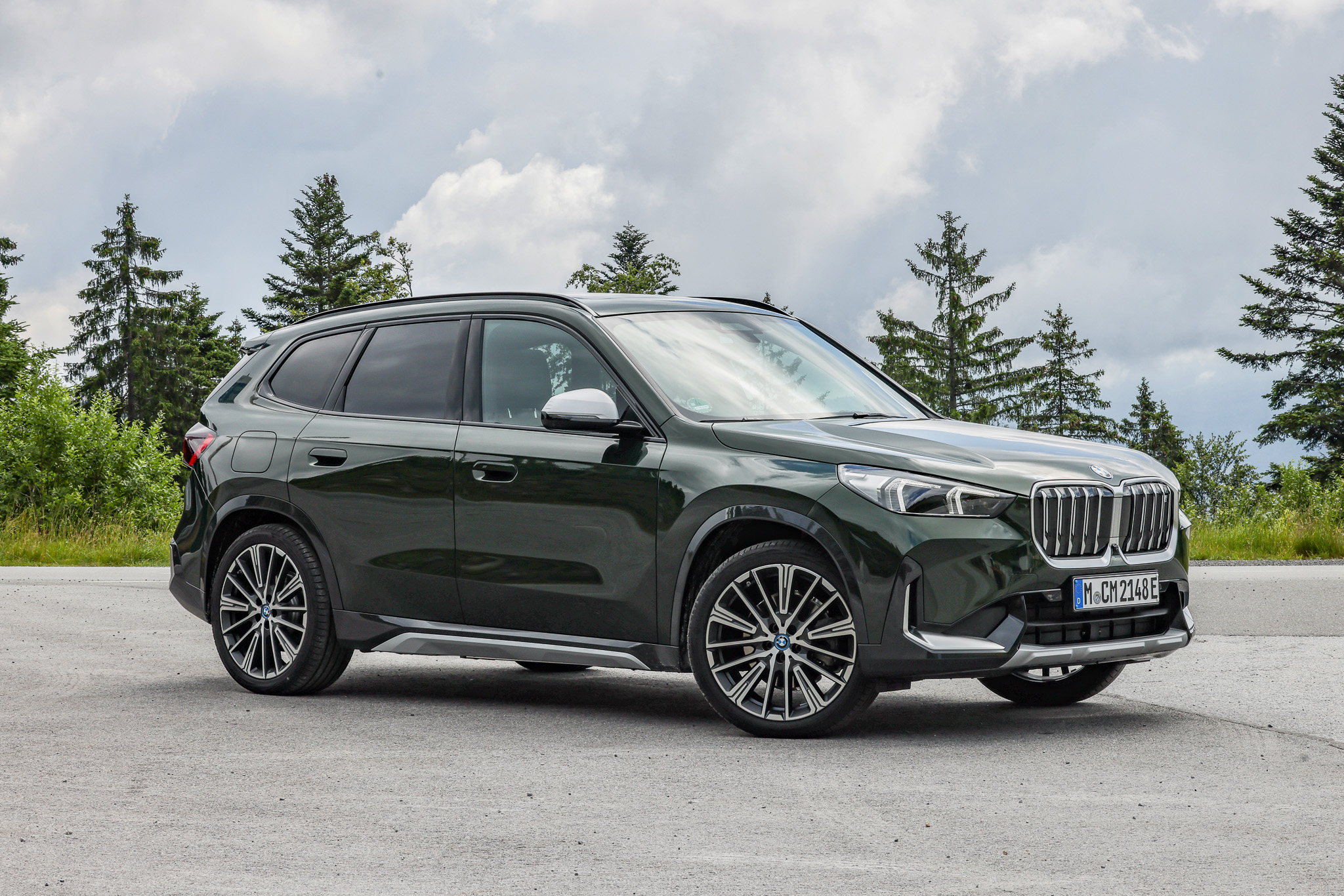
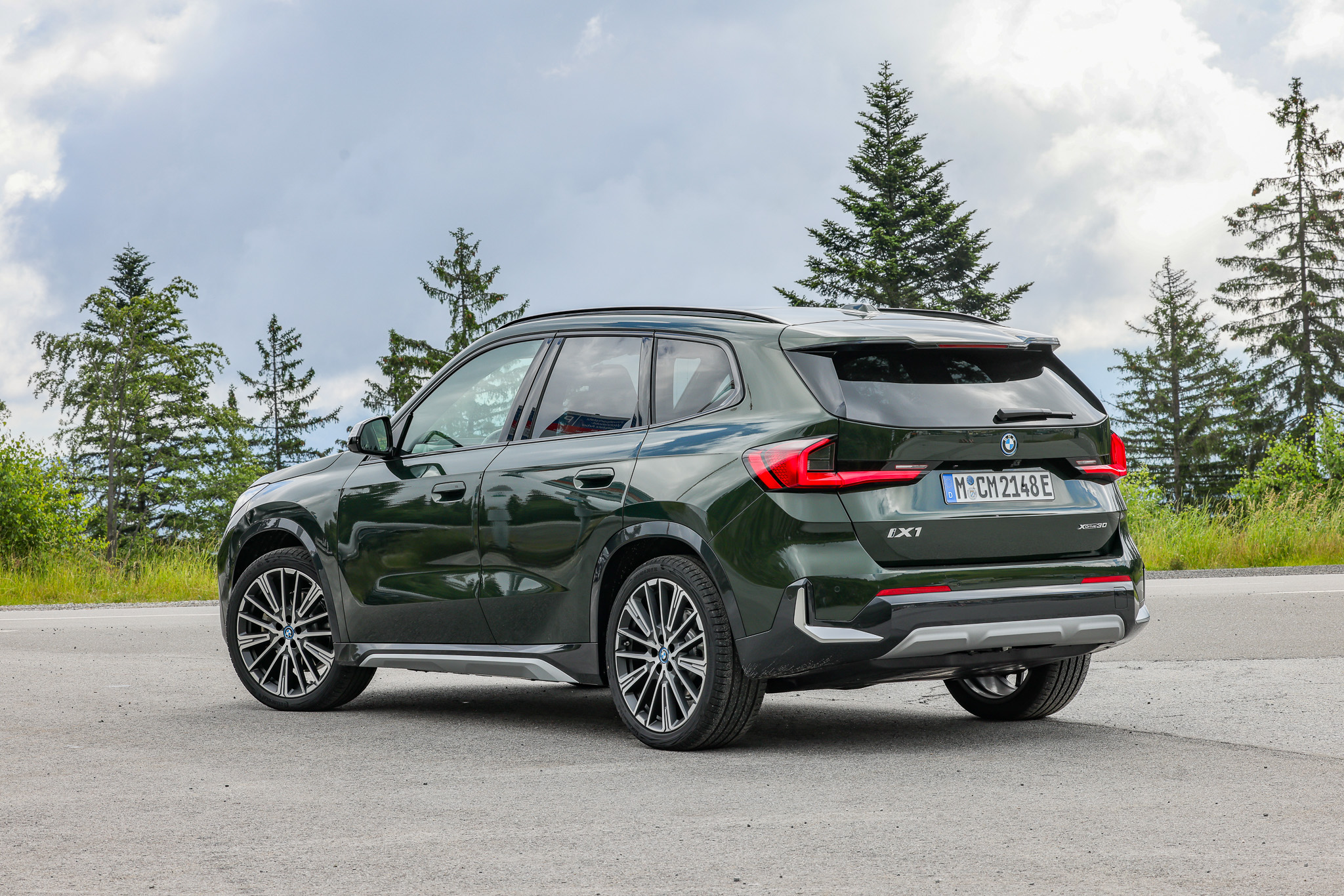
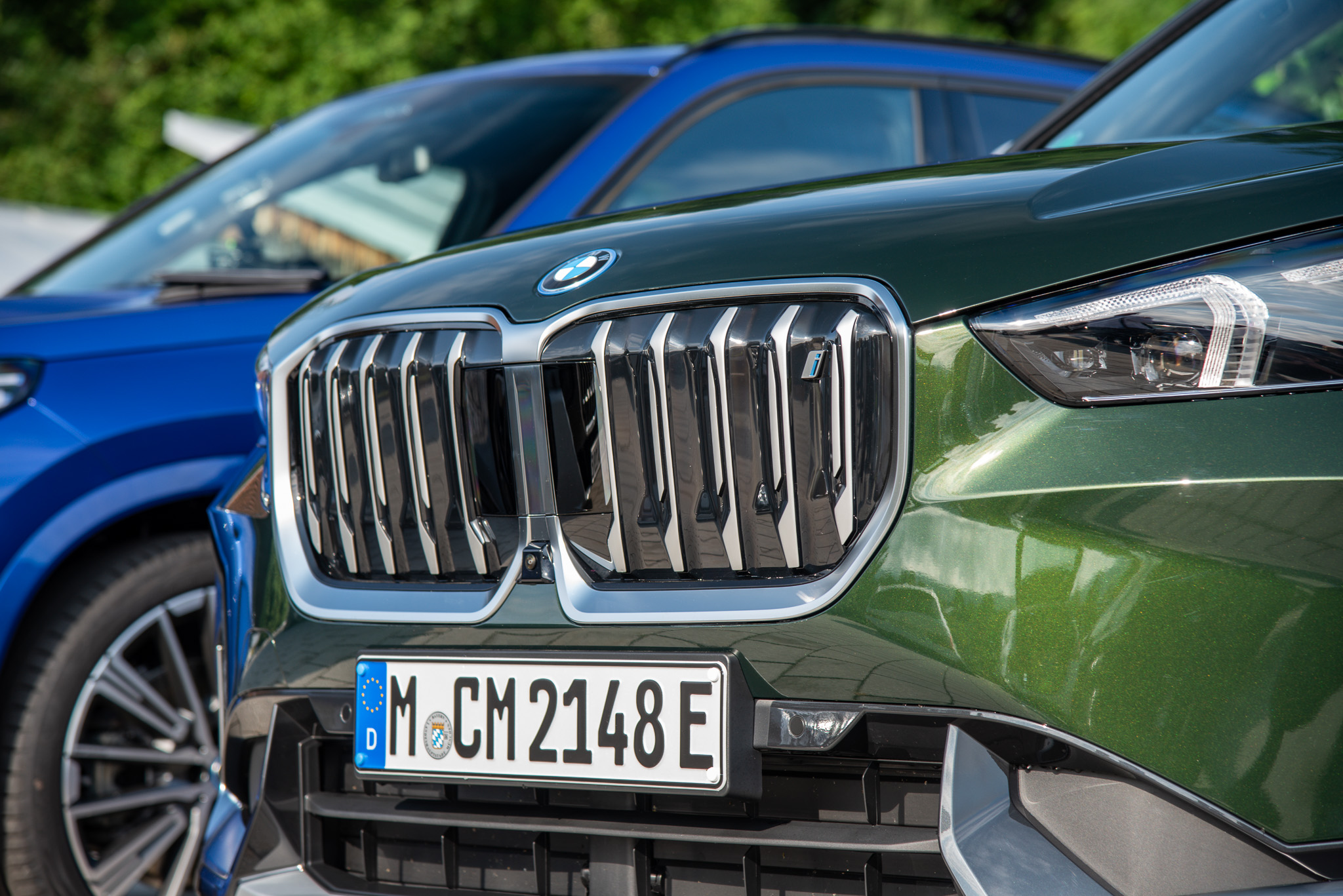
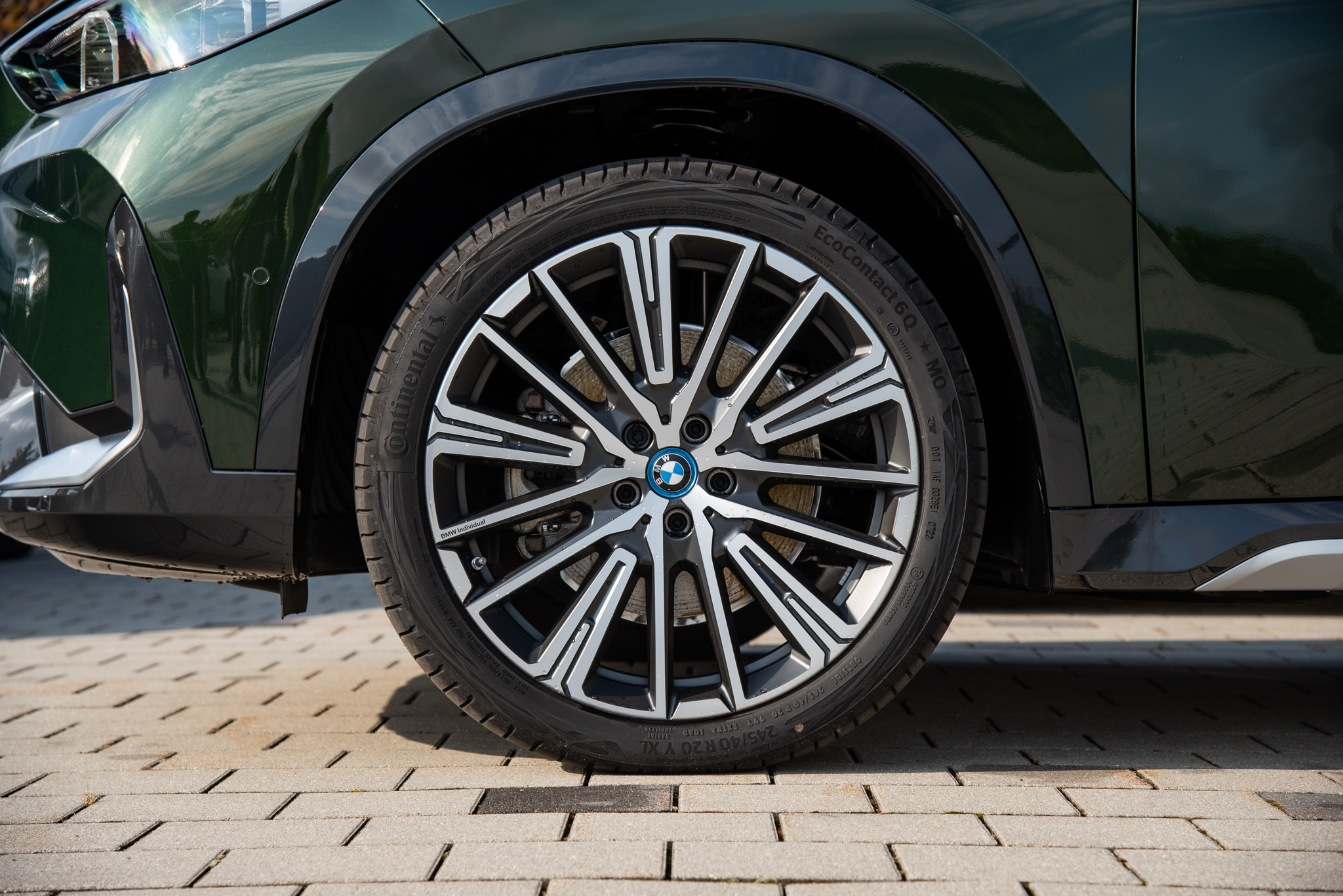
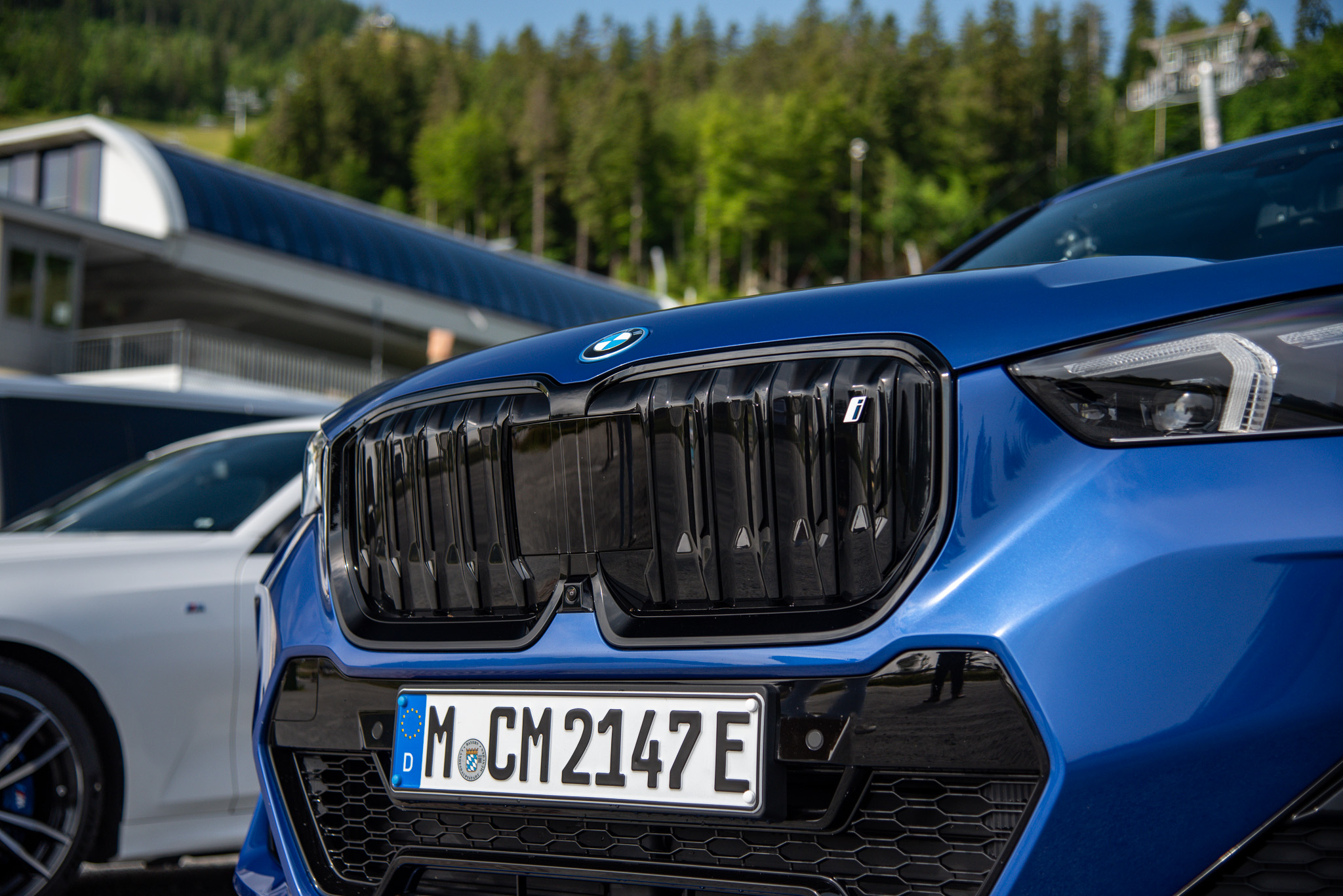
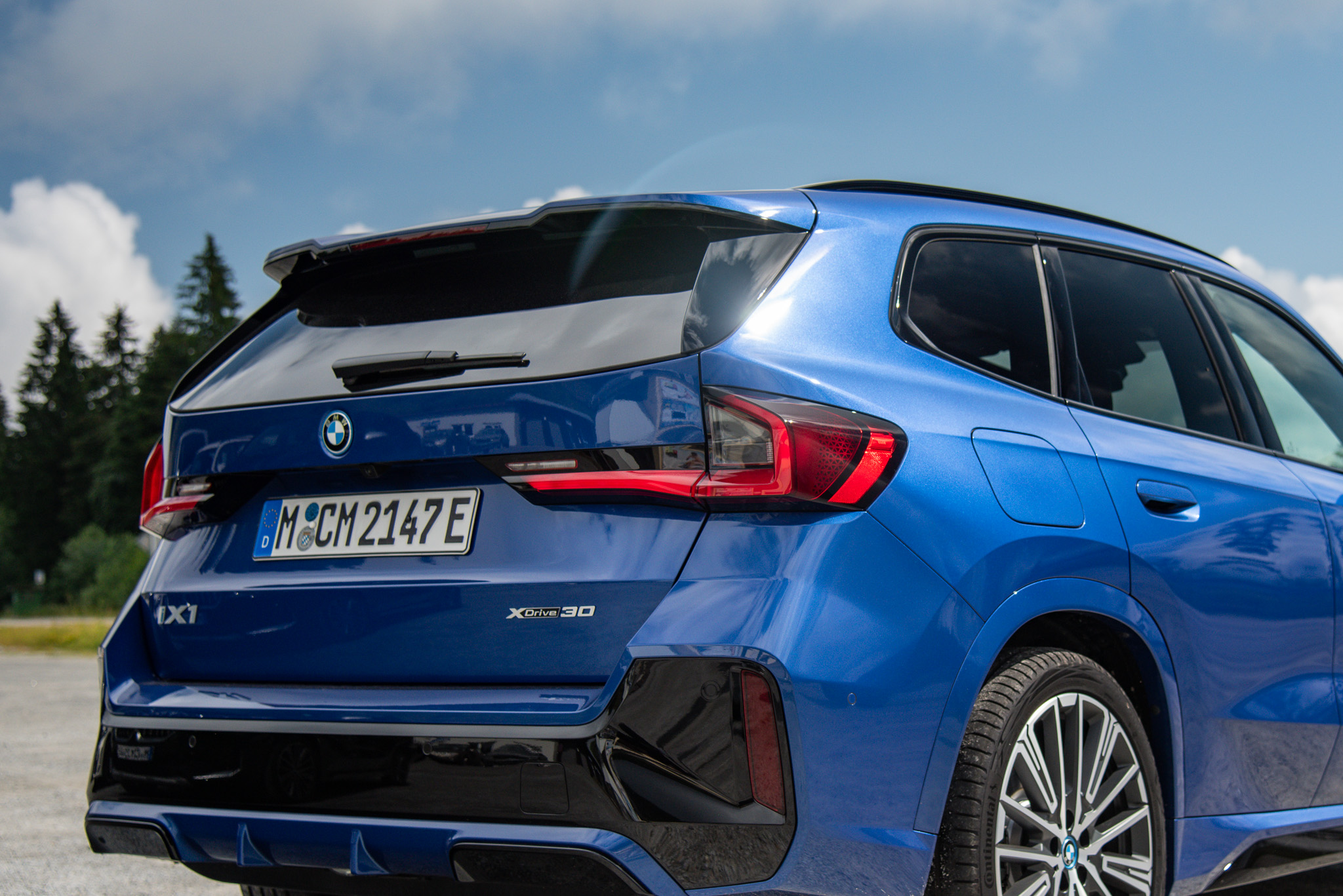
BMW iX1 - Same same but different
When stacked alongside the ICE-powered X1, the iX1 looks disarmingly similar to that of its petrol-powered counterpart. They both occupy the same footprint on the road (4500mm long and 1845mm wide) and share identical body panels.
Under the skin, both the iX1 and the regular X1 are built atop the same ULK2 platform, hence the similarity. So the only visual differences between the two are the blue surrounds around the badging, a rear model badge, the absence of exhaust pipes and the 26mm lower ride height. Even the grilles are vaguely similar, with the iX1 getting a textured plastic moulding that’s shaped to resemble that of the regular X1’s.
The end result is an electric SUV that cuts through the air with an impressive drag coefficient of Cd 0.26, but looks no different to that of its ICE counterpart.
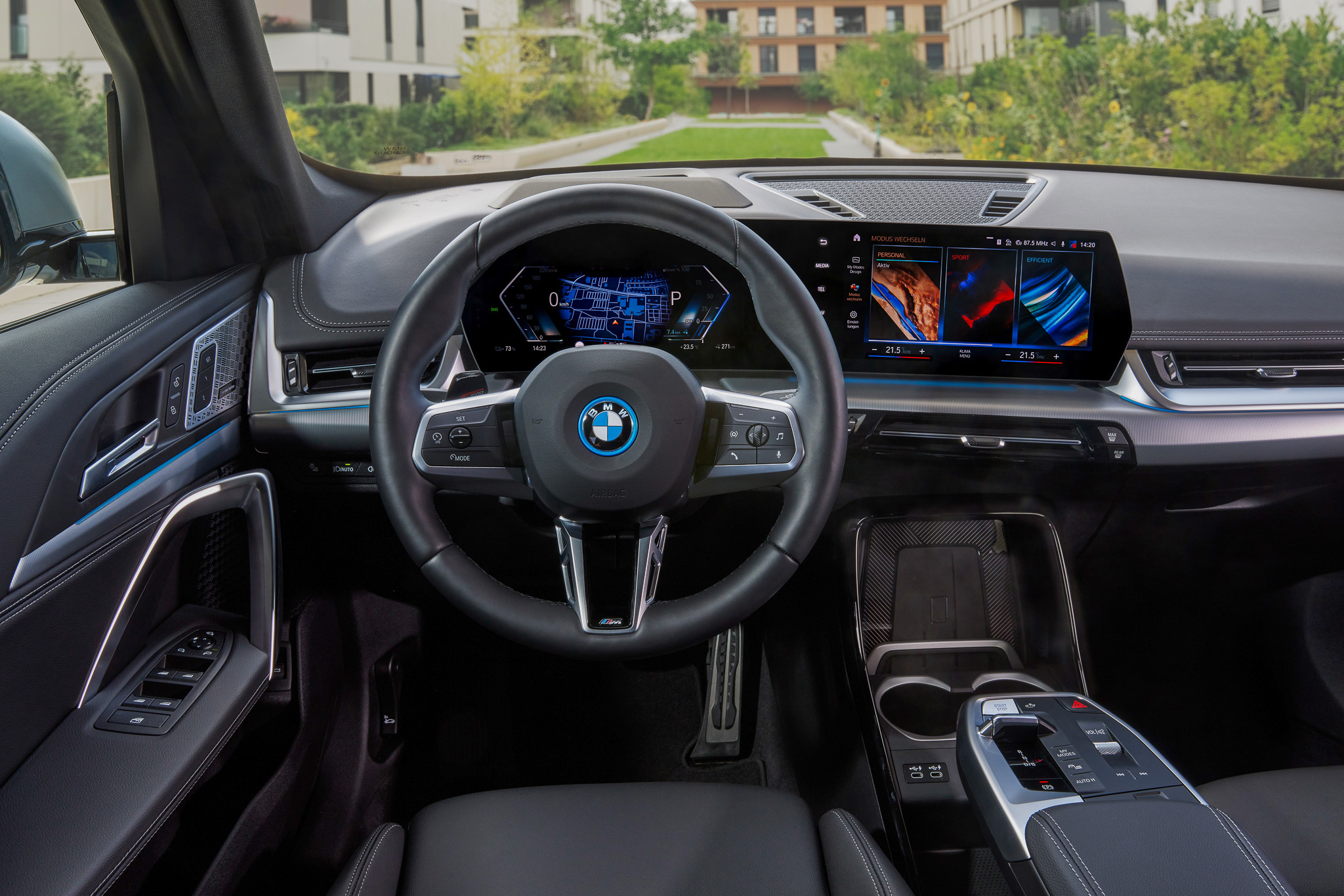
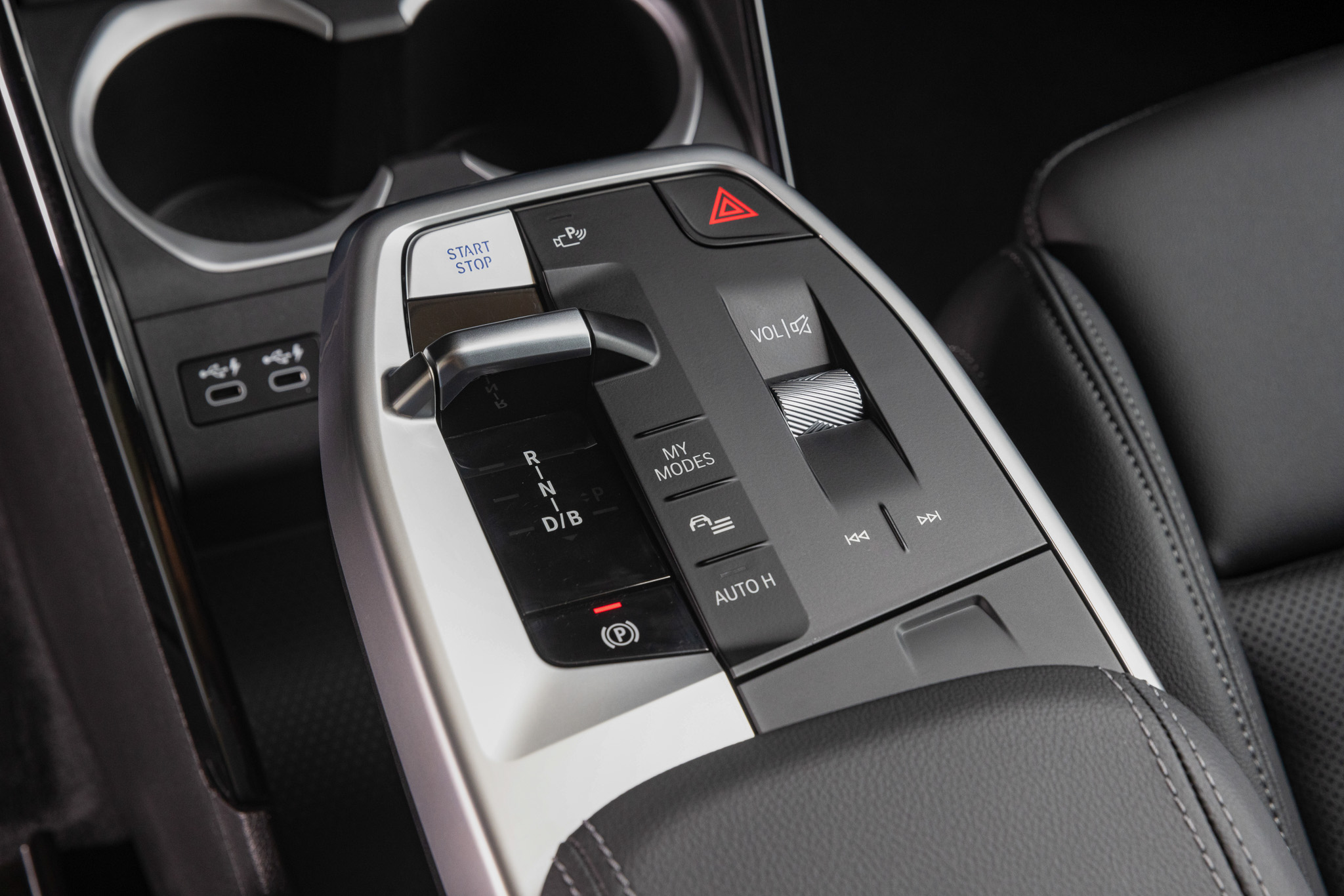
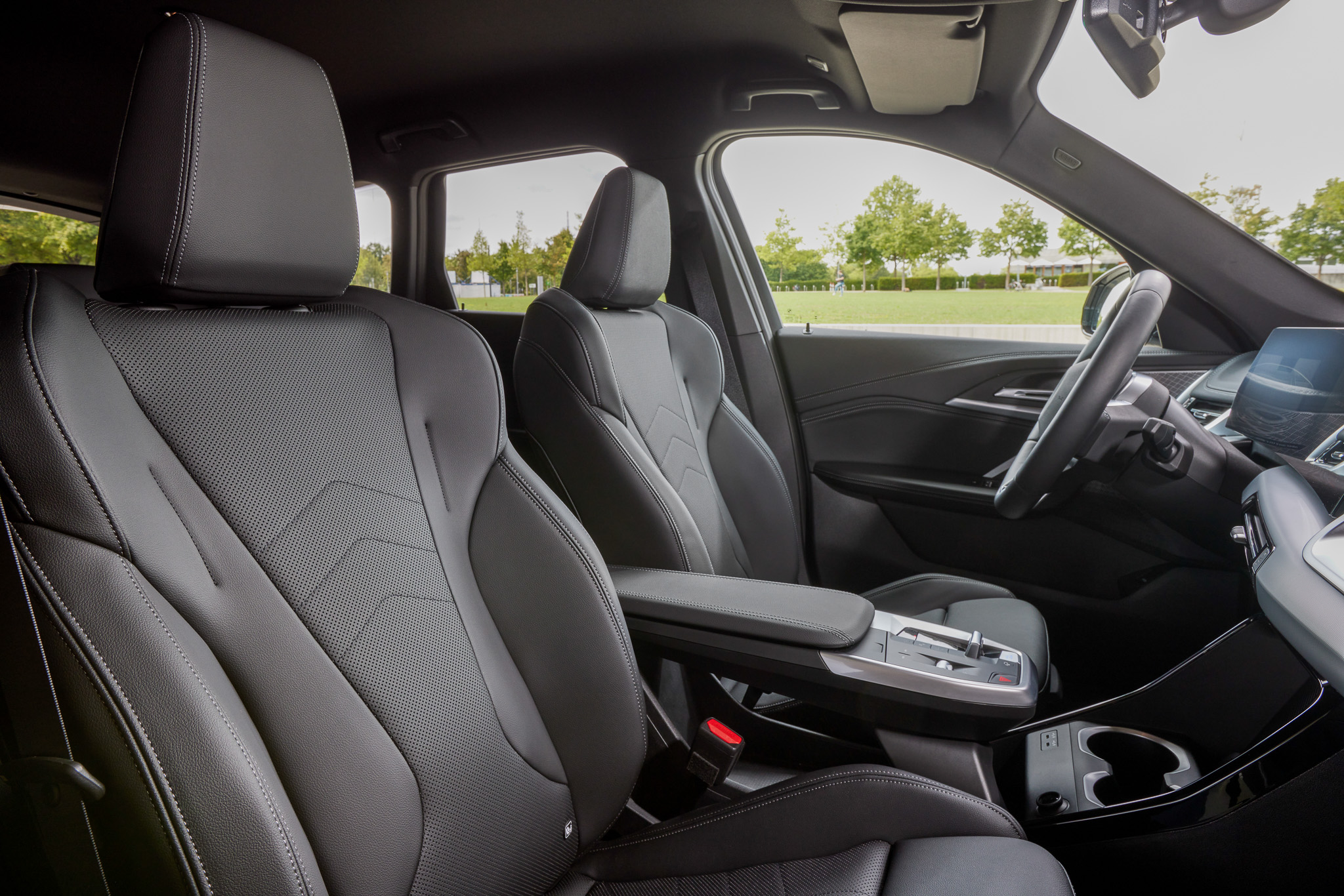
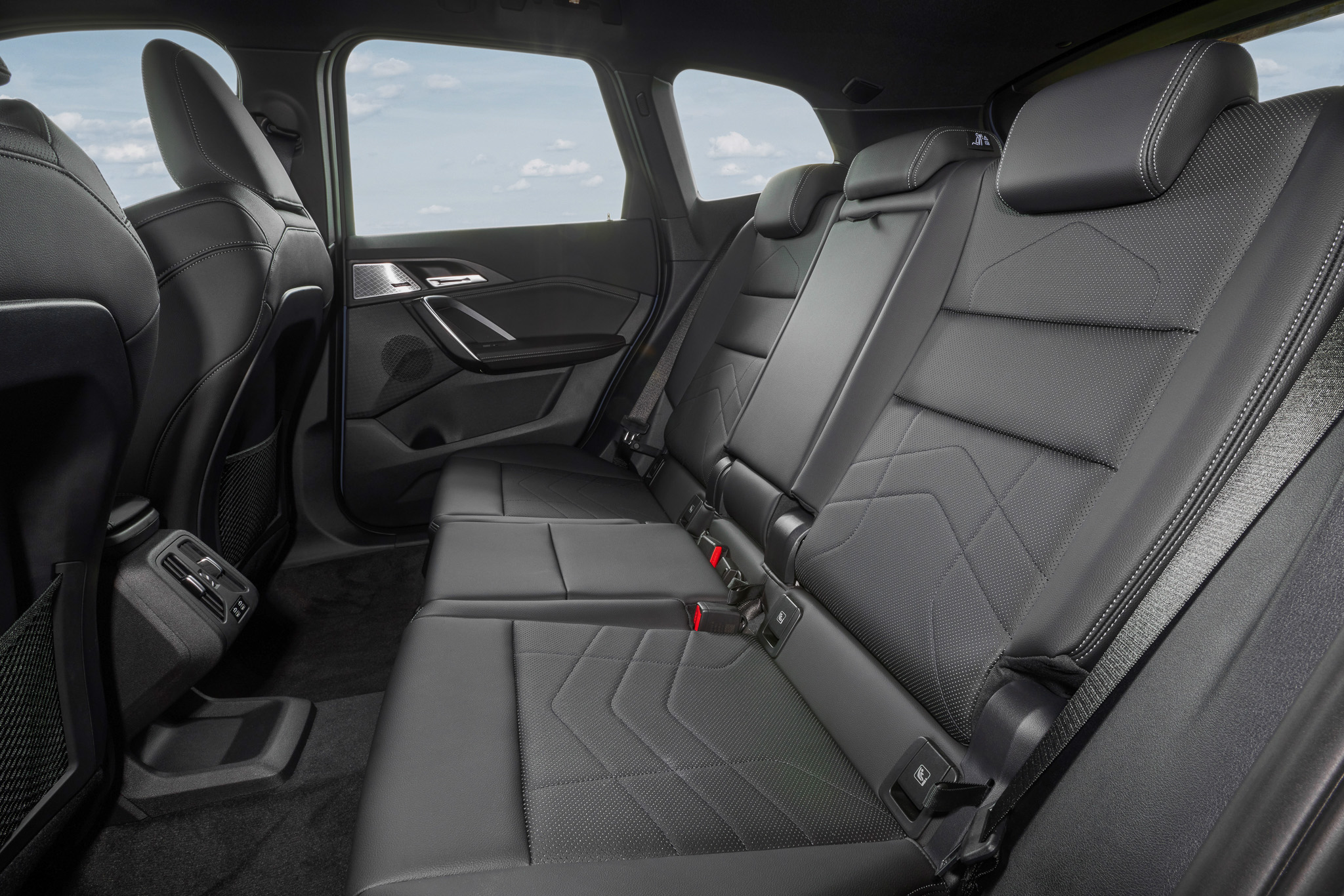
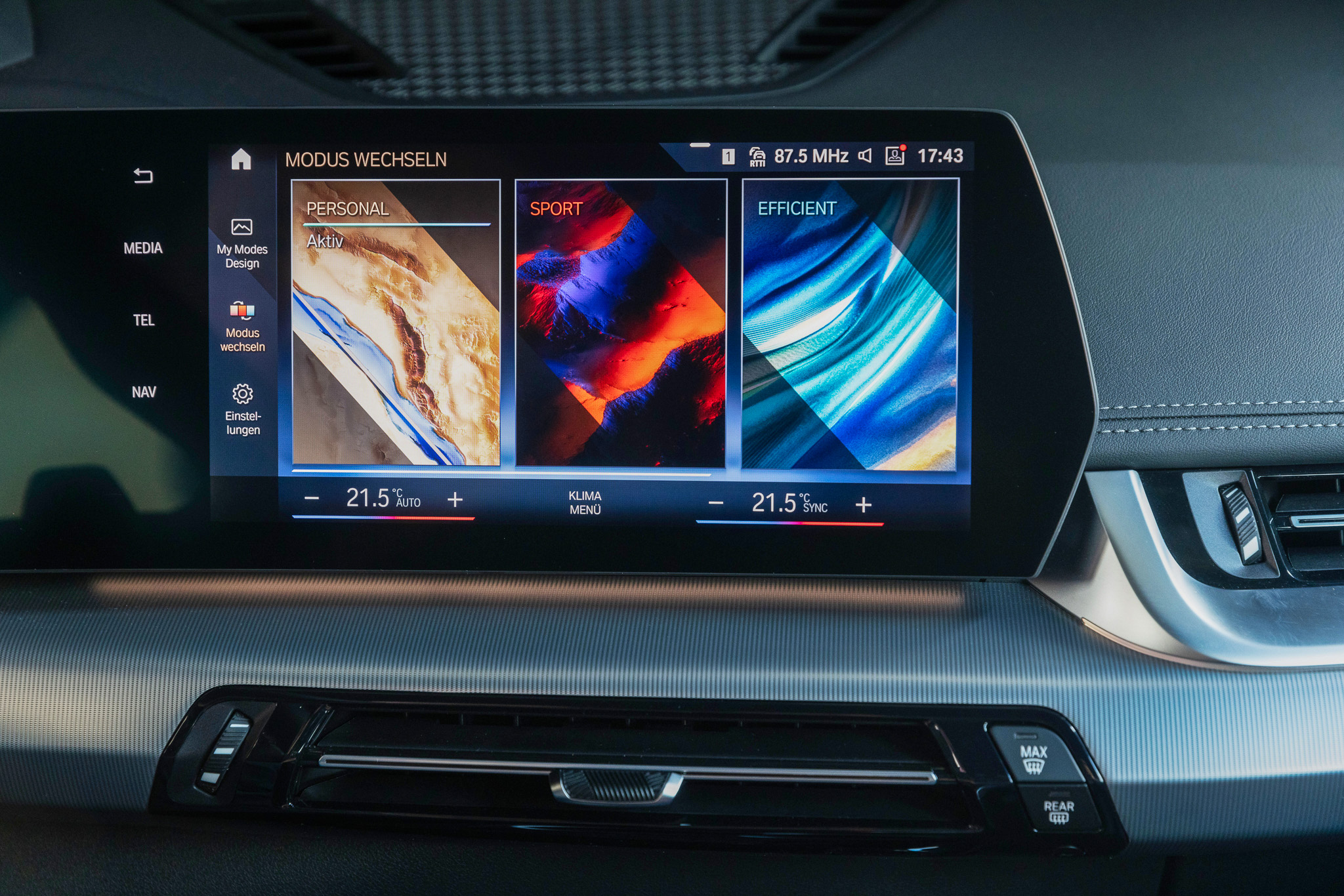
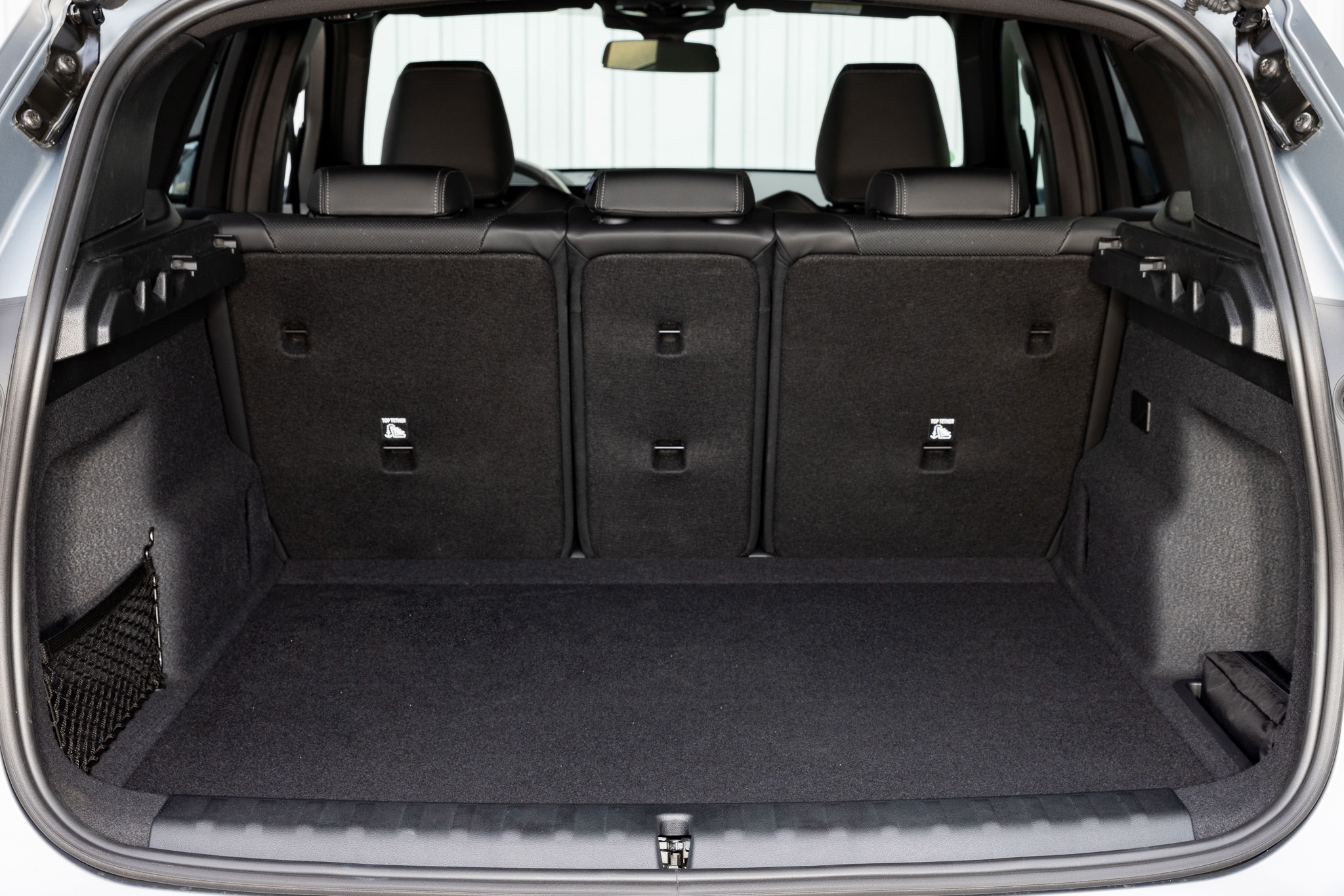
BMW iX1 - Looks, feels, and smells like an X1
The same difference (or lack thereof) can be said about the interior, where BMW has outfitted the iX1 with the same BMW Curved display (comprising of a 10.7-inch and 10.25-inch screen), the same dashboard panels, the same centre console - essentially, the same exact cabin you’d find in the X1 (and the 2 Series Active Tourer).
Such is the extent of the similarity that we failed to notice any discernible difference between this electric SUV and its ICE derivative on our two-day jaunt around the hills of Bavaria. There isn’t even any obvious difference in the height of the cabin floor. A number of us took turns being backseat drivers and even the tallest passenger (nearly 1.8m tall) had nary a complaint about the rear headroom.
The dual-motor drivetrain does impart the iX1 with just 490 litres of boot capacity compared to the 540 litres you get in the X1 sDrive16i, it’s still a modest amount of space that comfortably accommodates two check-in suitcases. And that 50-litre deficit makes all the difference in the way the iX1 takes off from a standstill.
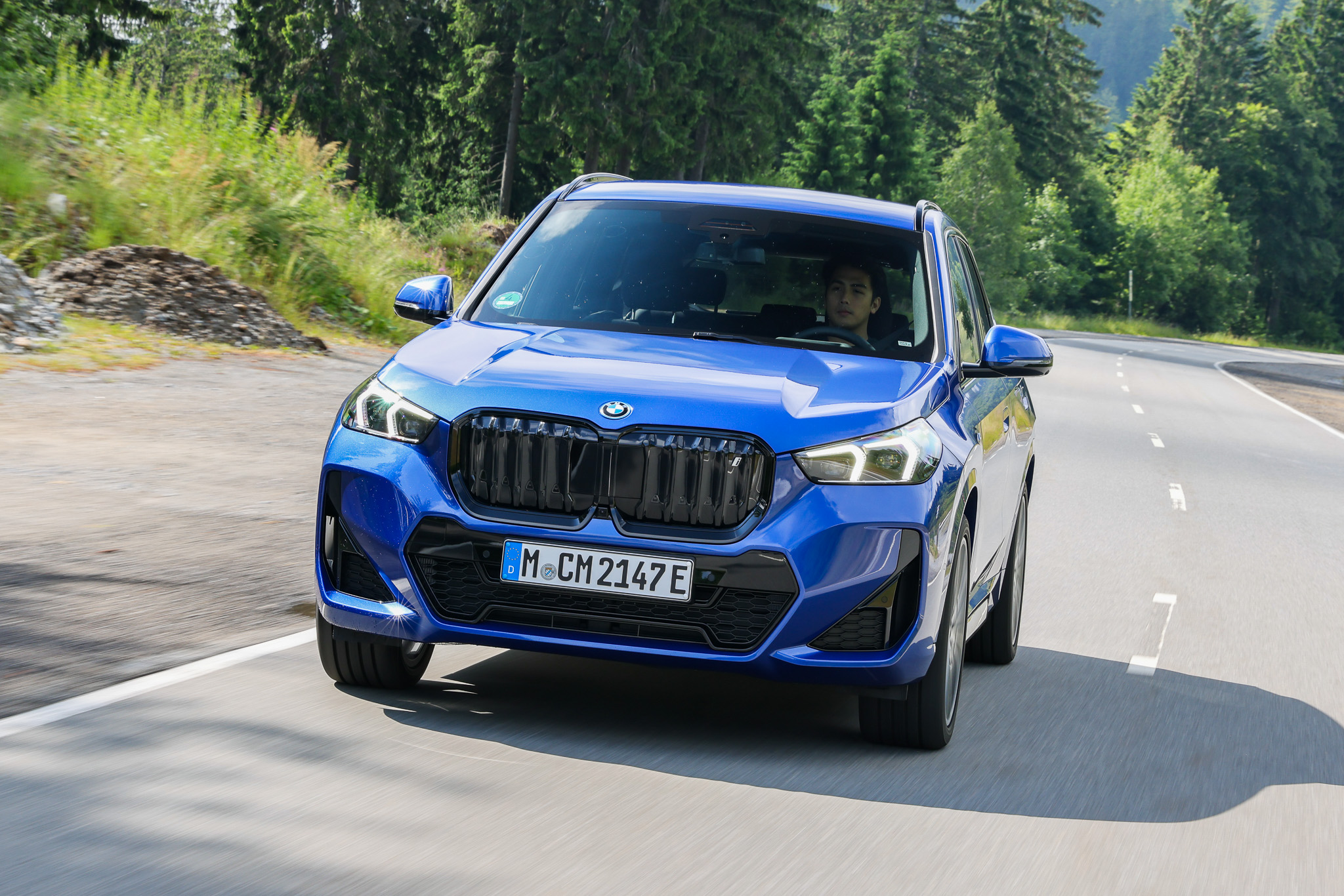

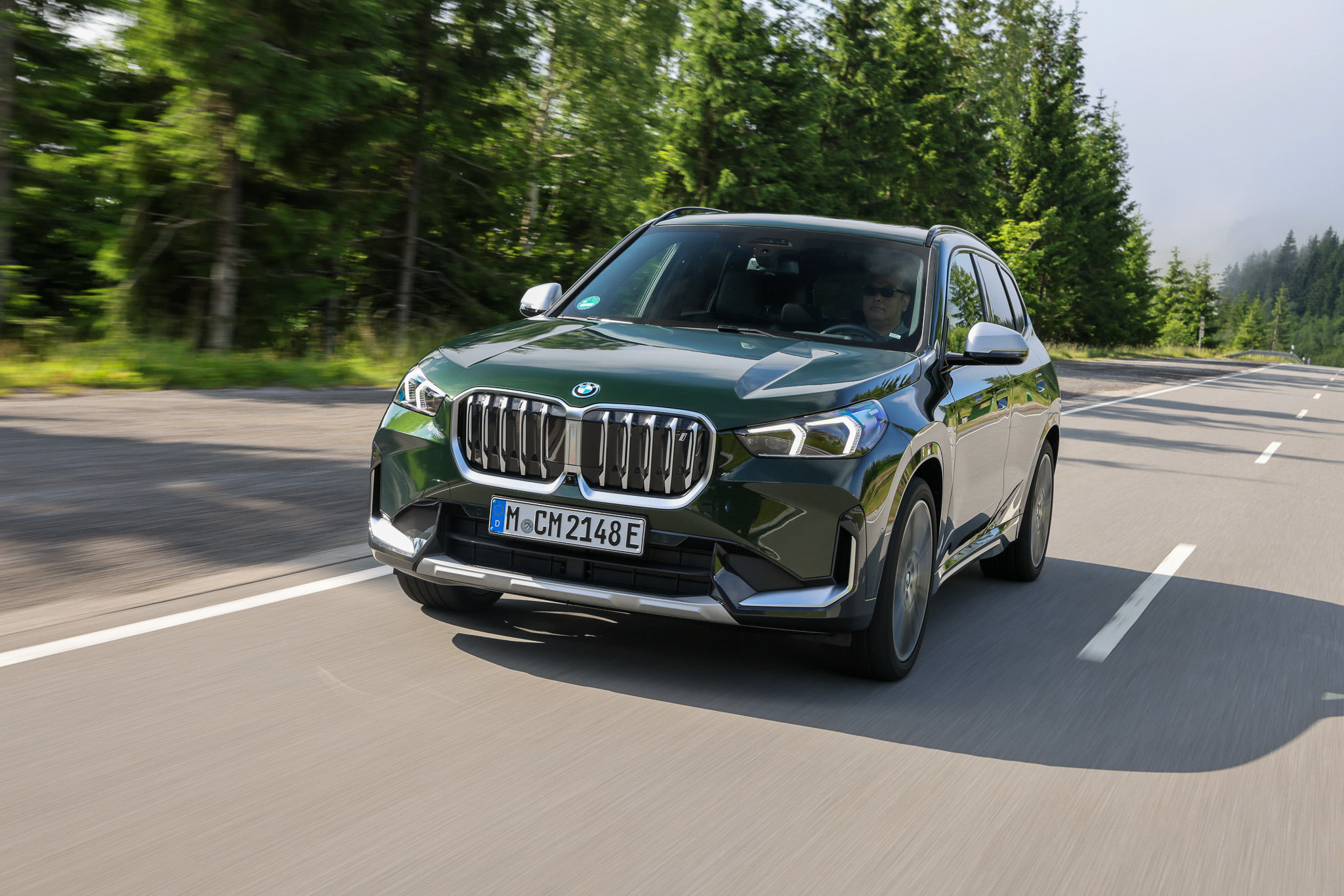
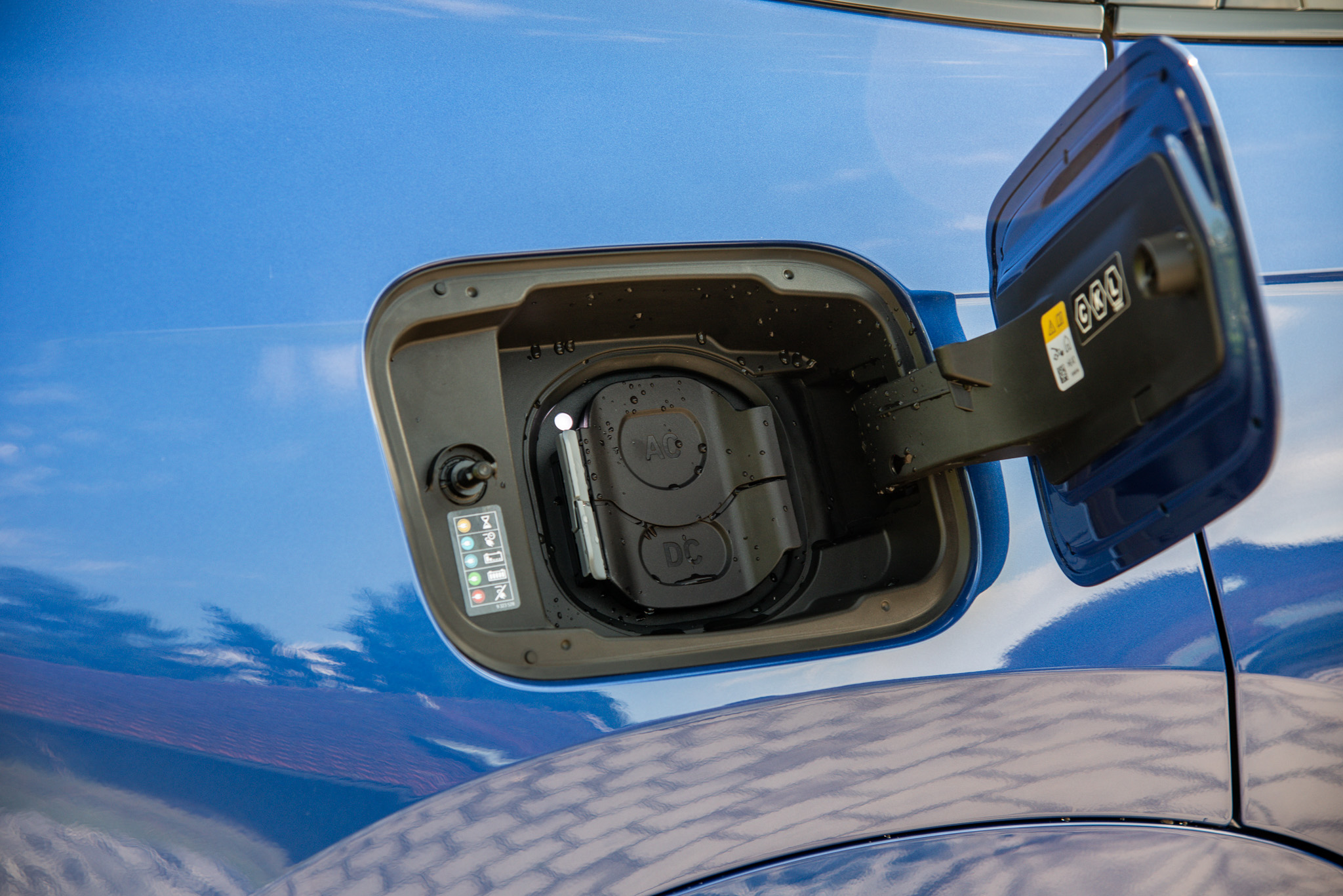
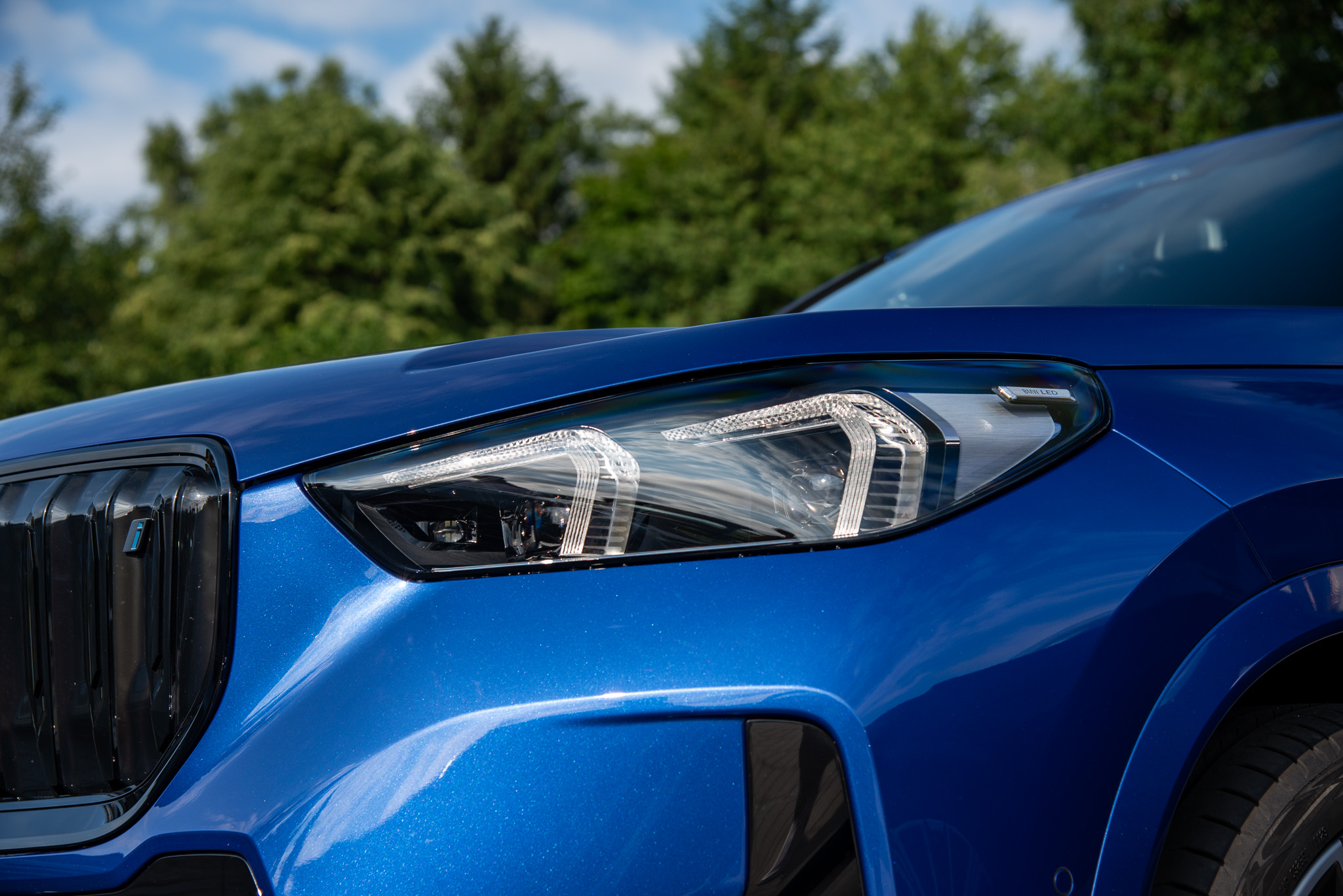
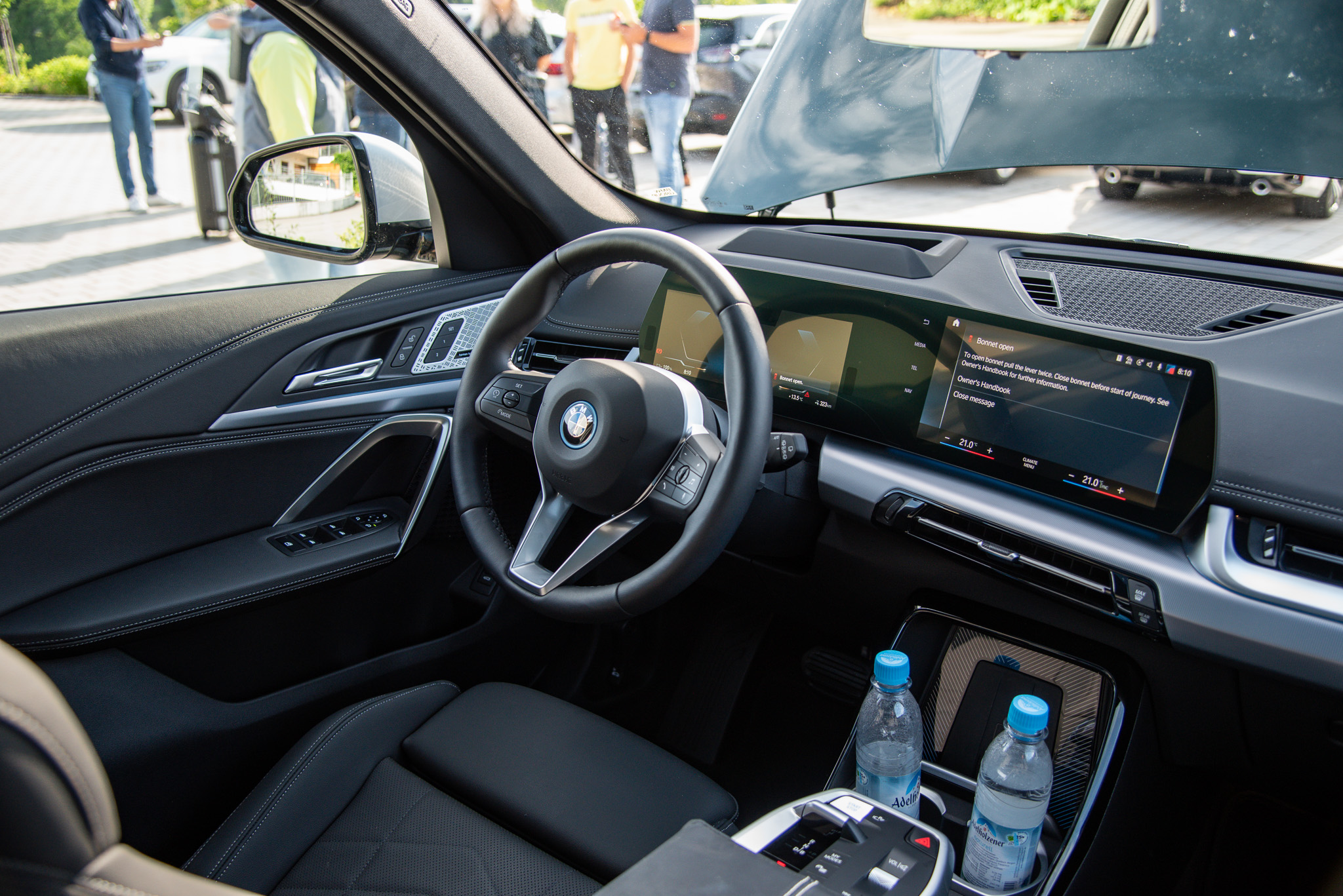
BMW iX1 - Mass Rapid Transit
Powering up the iX1 is standard fare for anyone familiar with any BMW; Push of a button, a Hans Zimmer-composed welcome chime, a flick the gear lever to D (or B for more braking regeneration) and you’re ready to go. It’s only when one takes the helm of the iX1 that the electric drivetrain makes its presence known - in silence.
The large majority of our 400km journey was spent on the unrestricted Autobahn, on which we exploited iX1’s 313 horsepower and 494Nm of torque to nudge the iX1 past its quoted top speed of 180km/h. But even at 70km/h over the legal Malaysian speed limit, the iX1 remained steadfast and composed, taking everything in its stride.
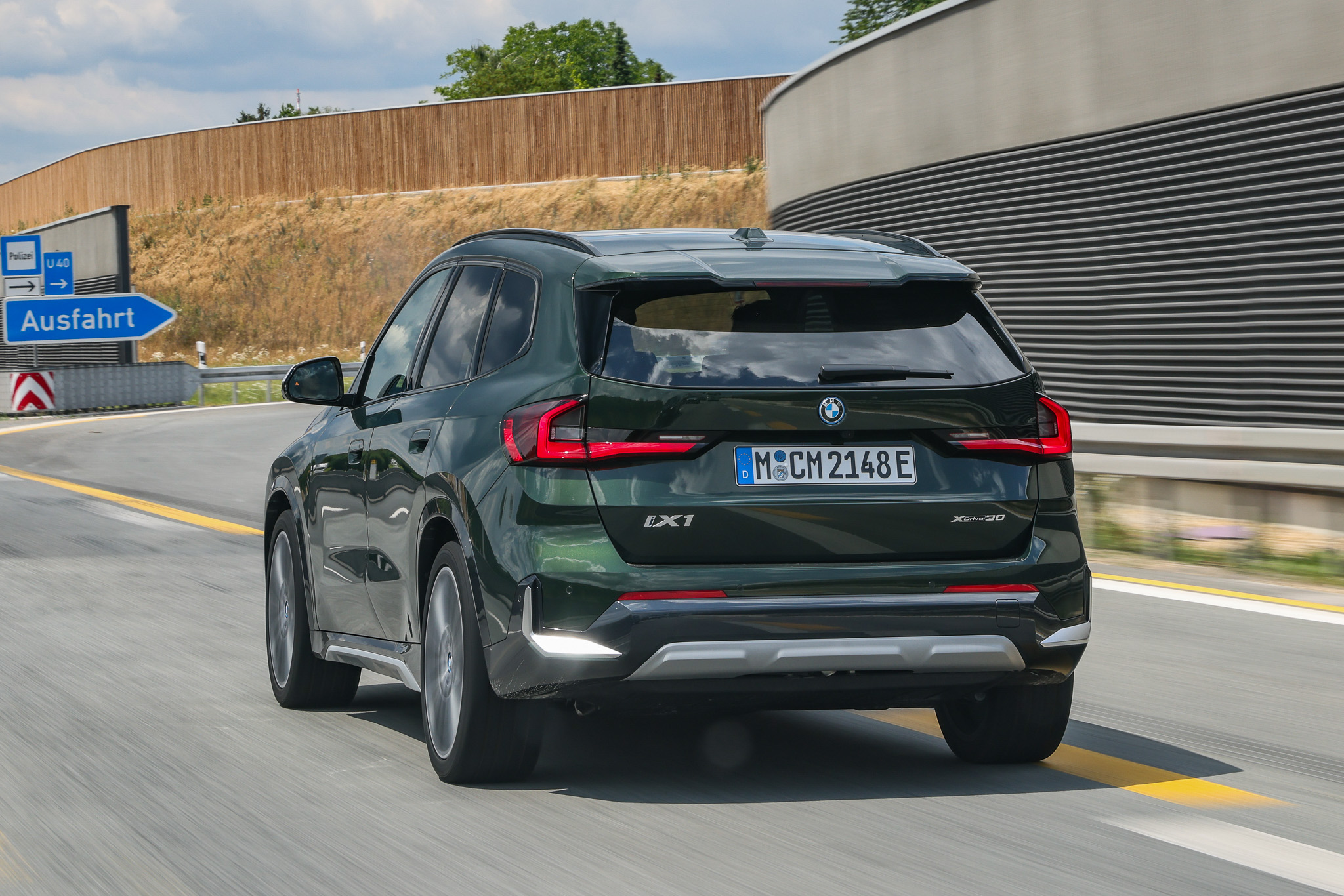
At lower speeds, iX1 is rapid from the get-go, completing the century sprint in 5.6 seconds, a 0-100km/h sprint time that trumps most modern hot hatchbacks. Wind noise does become more prevalent at higher speeds, and the roar of the tyres does permeate the otherwise well-insulated cabin. But dial it back a notch and you’re rewarded with impressive levels of NVH that add to the amenability of the iX1.
Powertrain aside, the driving experience between the X1 and the iX1 isn’t night and day. The EV has 500kg more mass to hustle compared to the X1, but the car’s dynamism isn’t hampered by the additional bulk of batteries. It still has impressive road holding abilities that allow you to drive a little more exuberantly should the moment call for it and the ride is sufficiently damped and well-sorted, despite the large 20-inch rims.
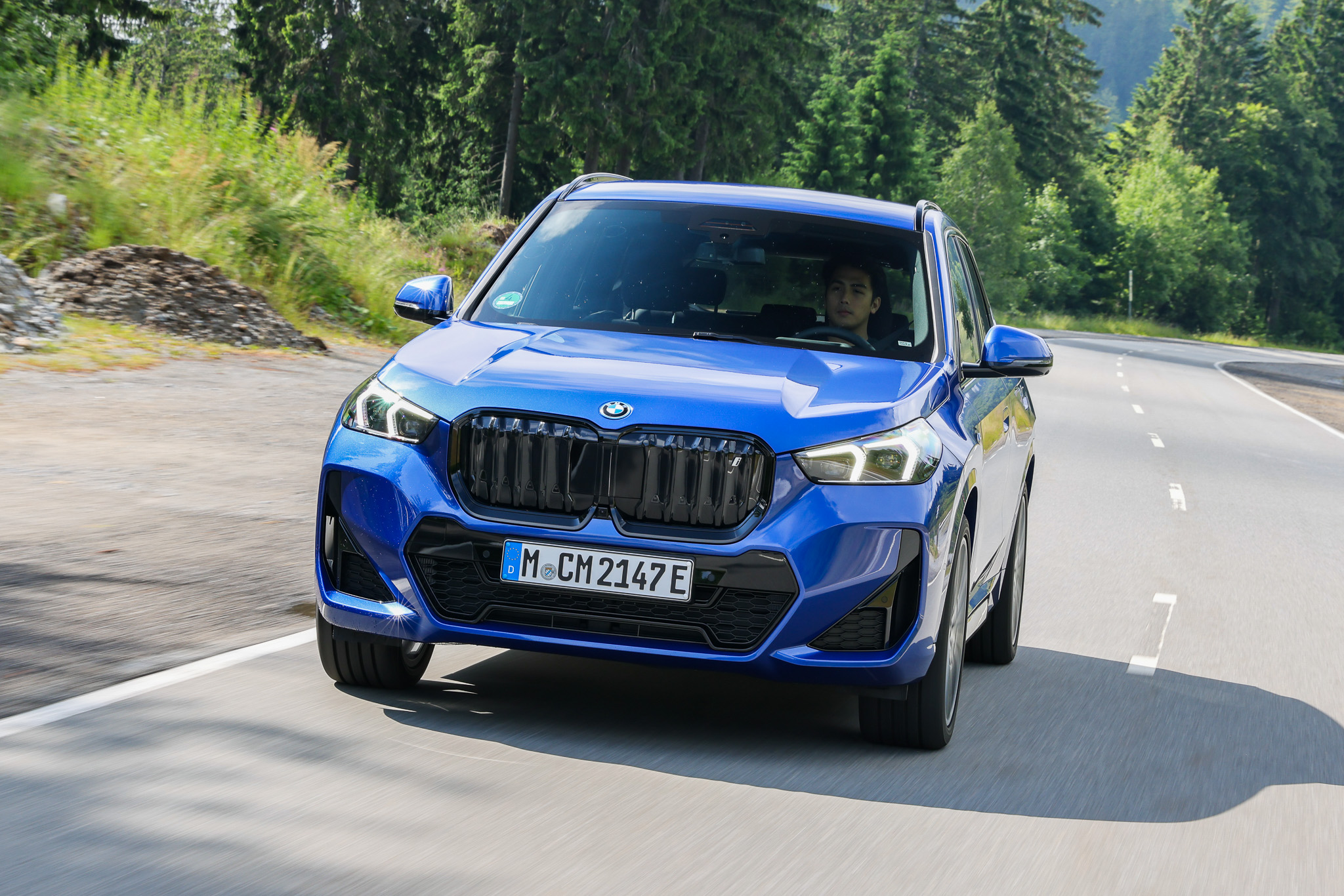
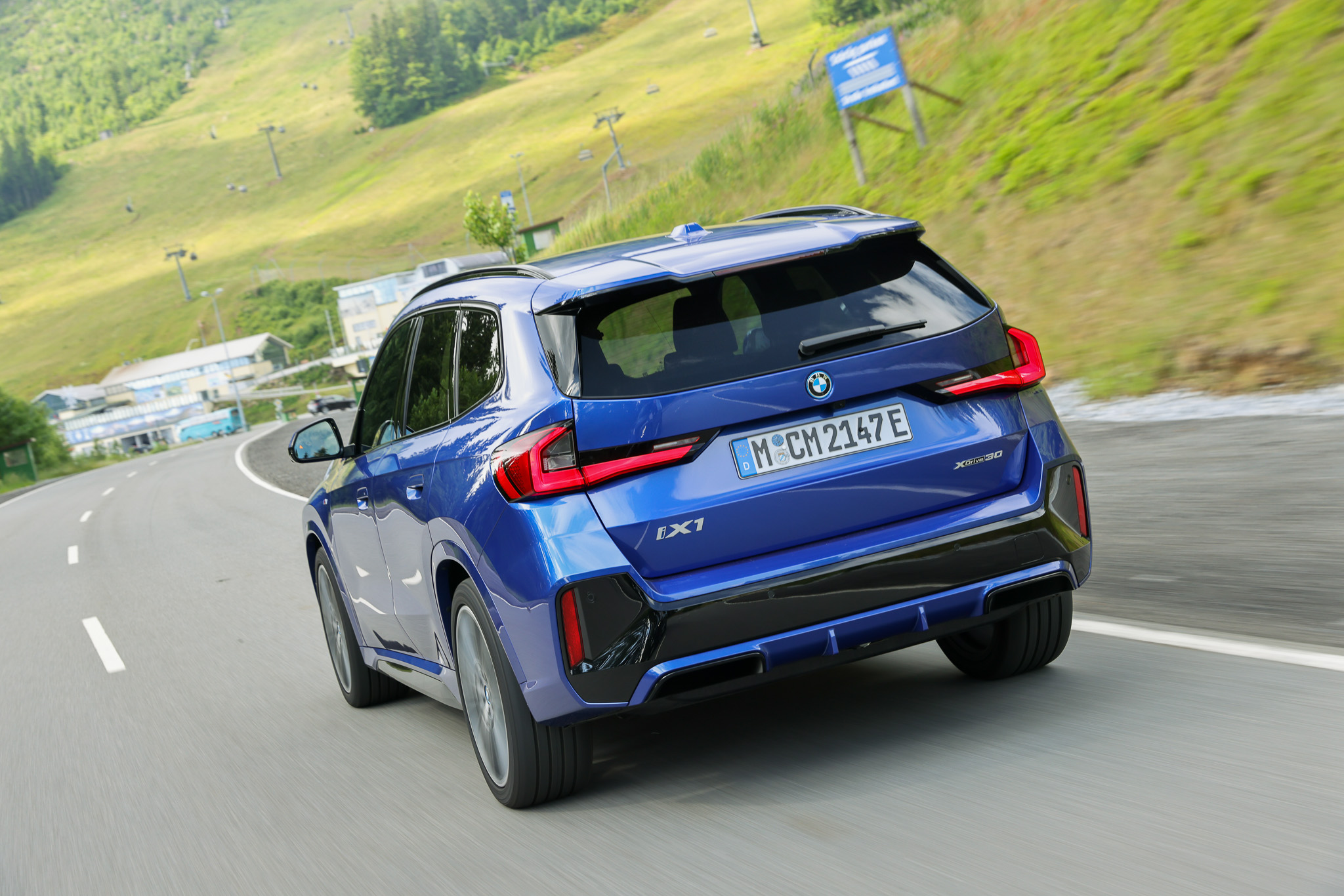
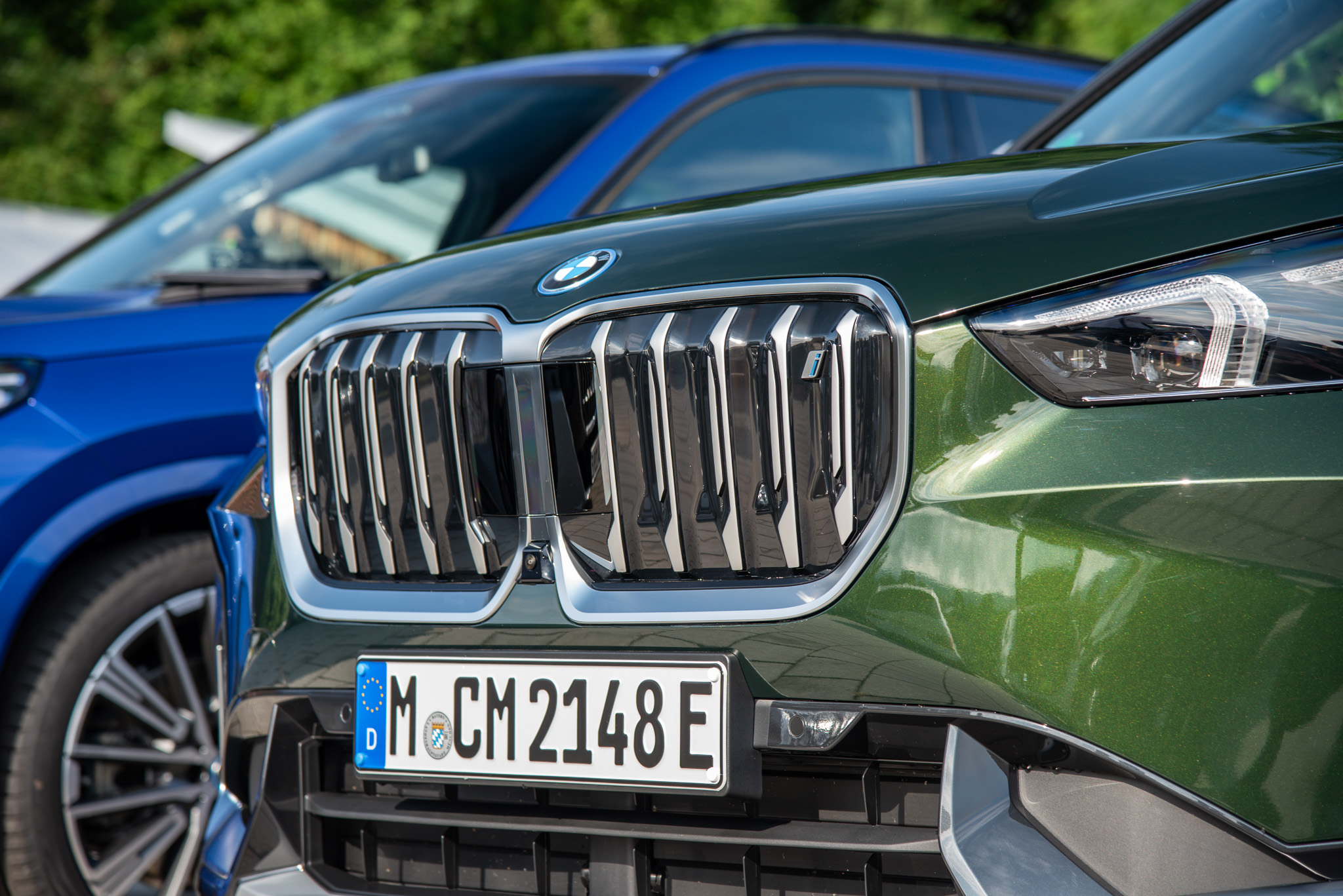
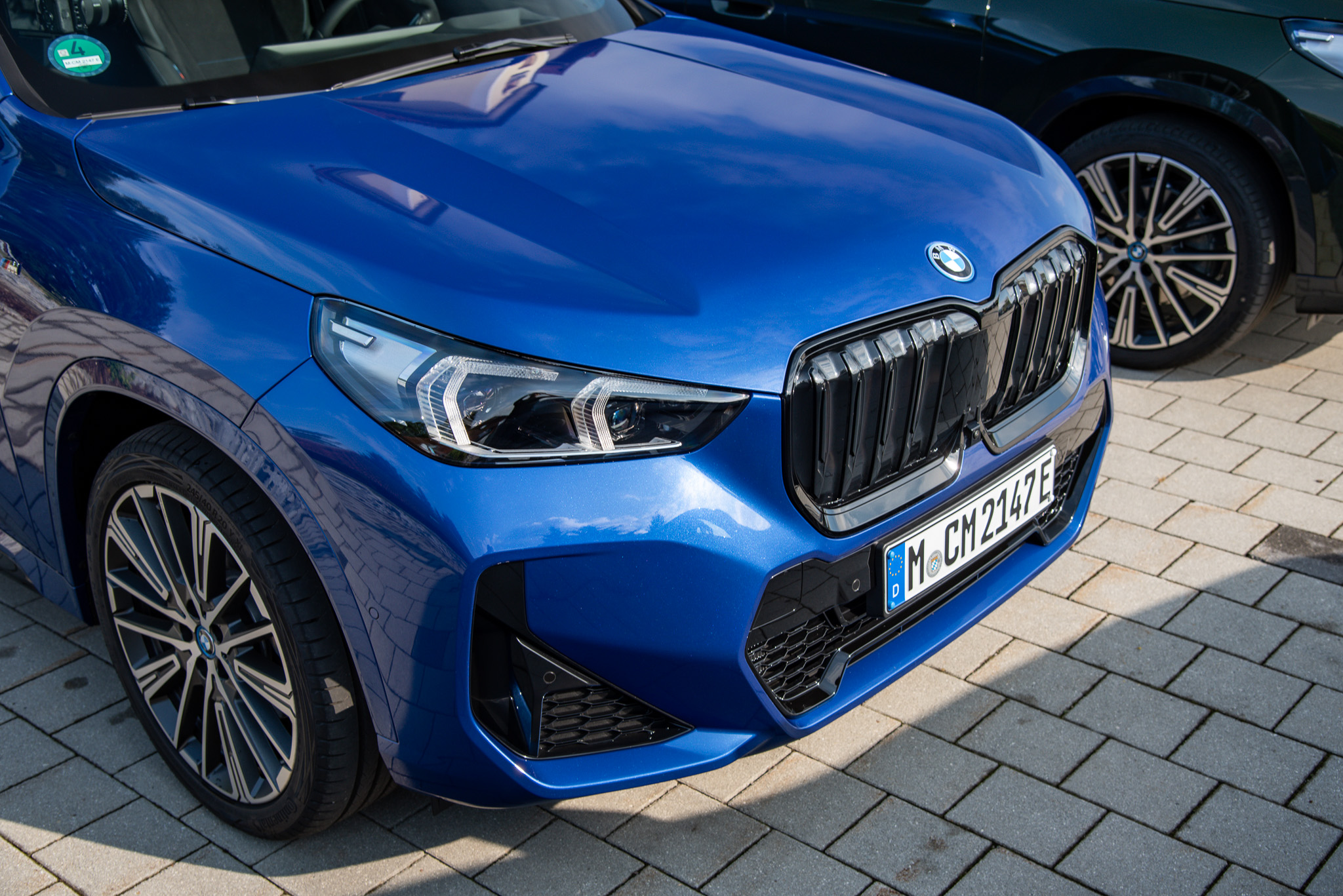
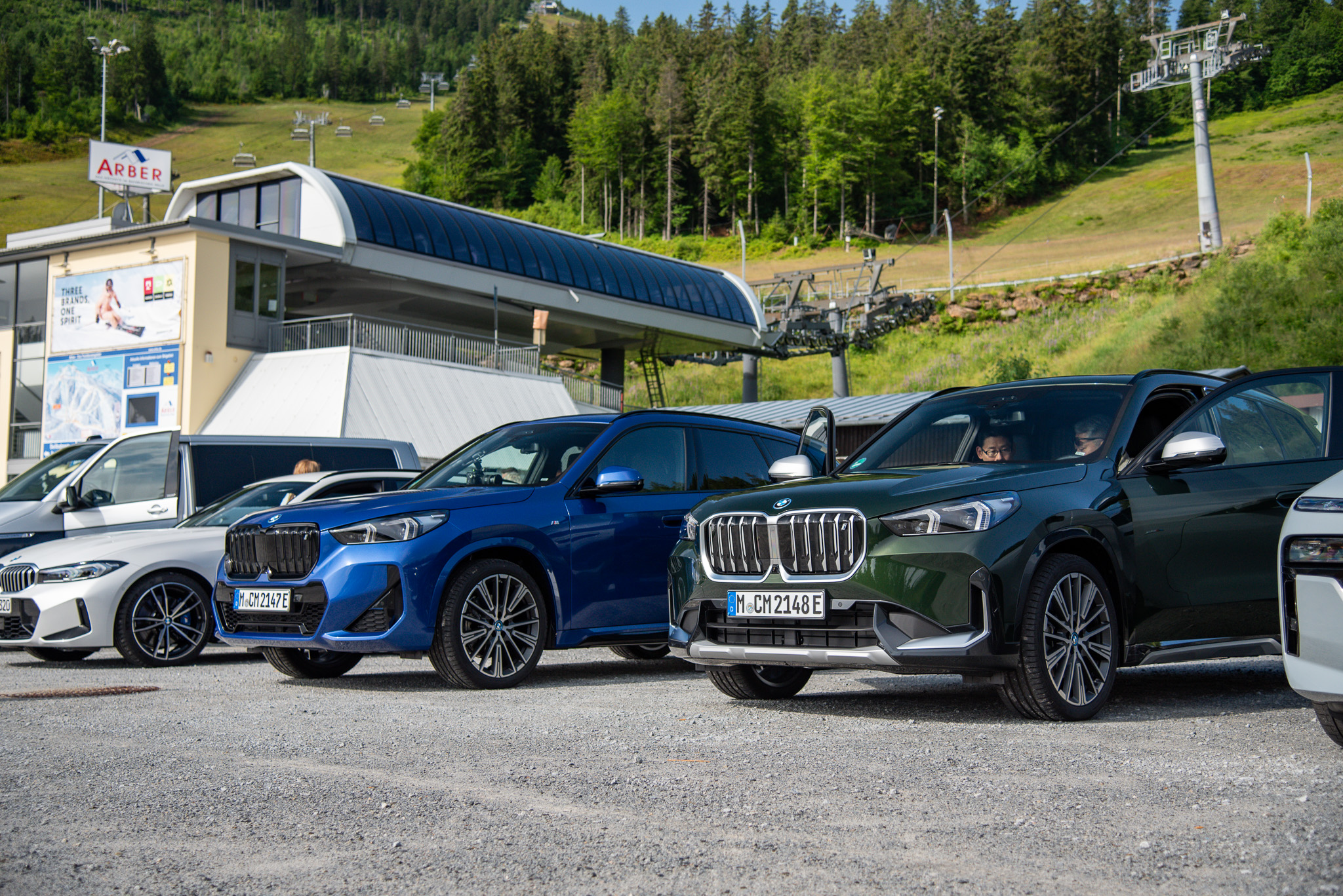
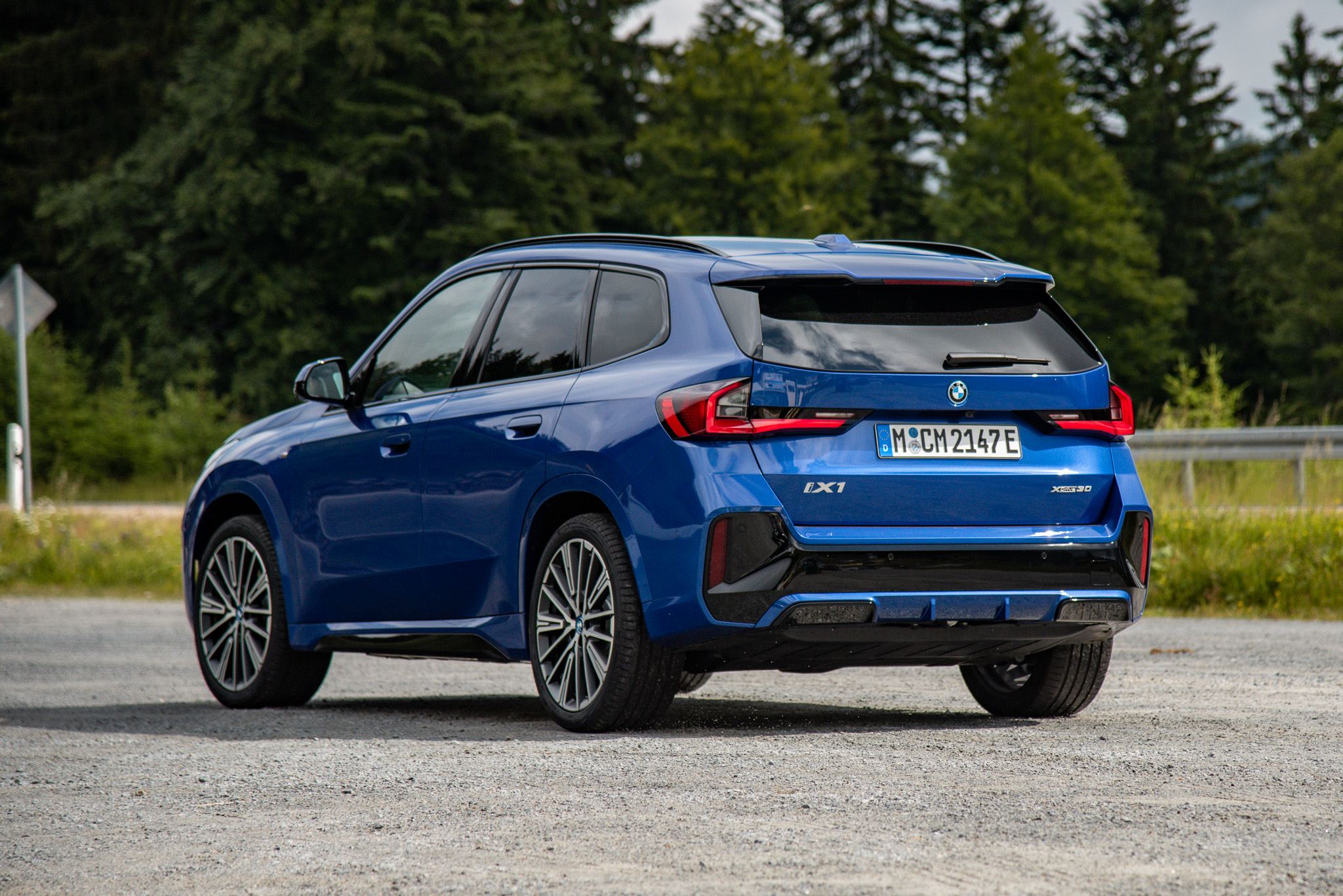
BMW iX1 - Final thoughts
As a product, the iX1 ought to be a hot pick for consumers. It may be based on a platform that traditionally accommodates an ICE powertrain, but it isn’t as simple as shoehorning two electric motors and a bank of batteries into the car’s chassis. Like many of BMW’s CLAR-based EVs, the iX1 feels like a purpose-built EV. It’s a testament to the adaptability of the UKL2 platform, and one that underpins numerous cars within the BMW Group consortium.
There is just one variant of the BMW iX1 available in Malaysia, the xDrive30 with the M Sport package. At the time of writing, the iX1 is on sale for RM285,800, but if you opt out of the insurance and service package, you'd be forking out just under RM273,000.
Granted, it is a high sum to pay. But it undercuts the larger iX3 by RM37,000, and you'd be getting similar range figures. As an added bonus, the iX1 is the quicker and more powerful car of the two. So do with that information what you will.
PHOTOS BMW and Jay Tee
BMW iX1 xDrive30
Battery 64.7kWh, Li-Ion, 286V
Electric Motor 313hp/494Nm
Electric Range up to 417-440km (WLTP)
0-100km/h 5.6secs
Top Speed 180km/h (electronically limited)
LxWxH 4500 x 1845 x 1616mm
Wheelbase 2692mm
Kerbweight 2010kg
Efficiency 16.8-18.1kWh/100km (Combined)
Charging 130kW DC, 11kW AC

